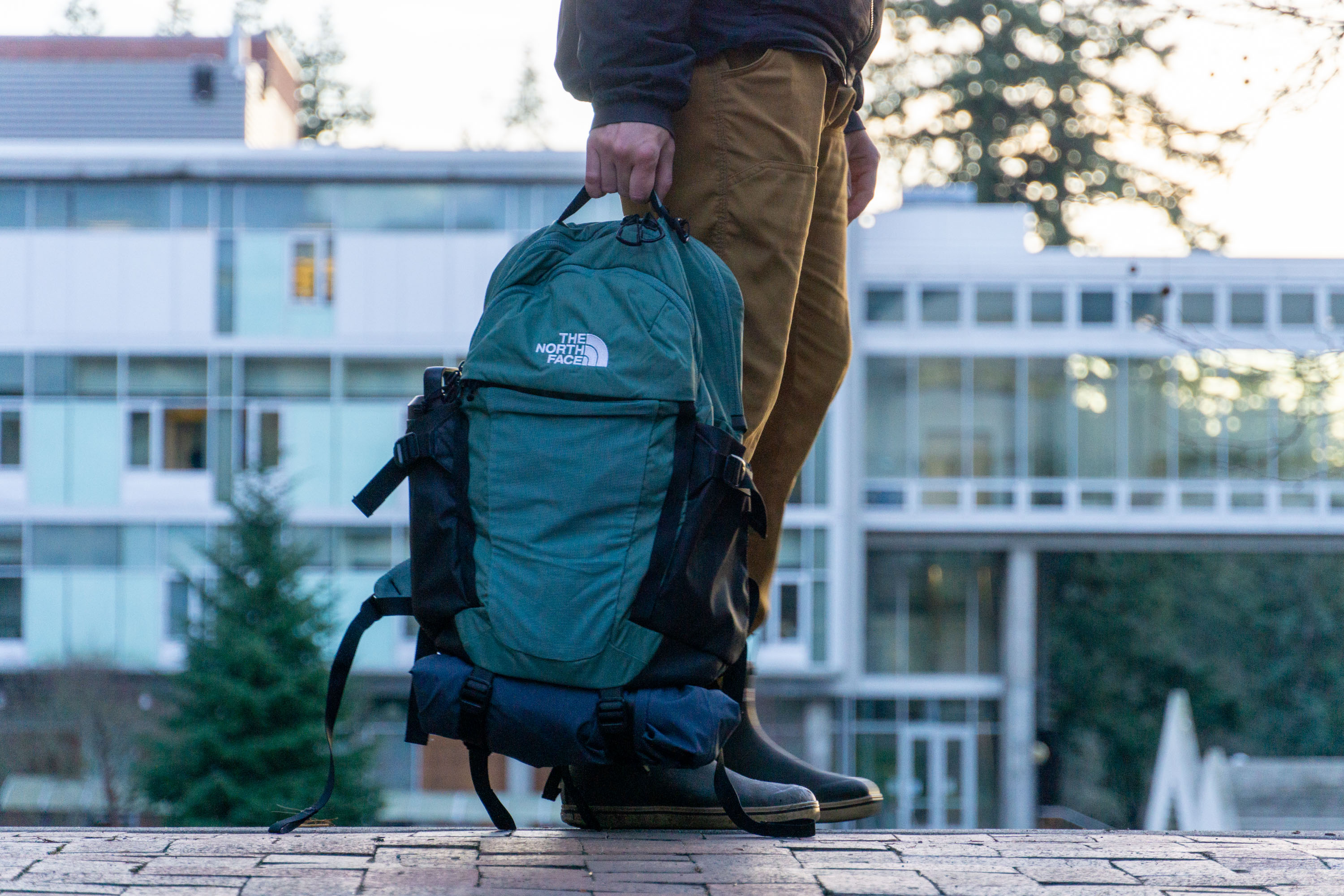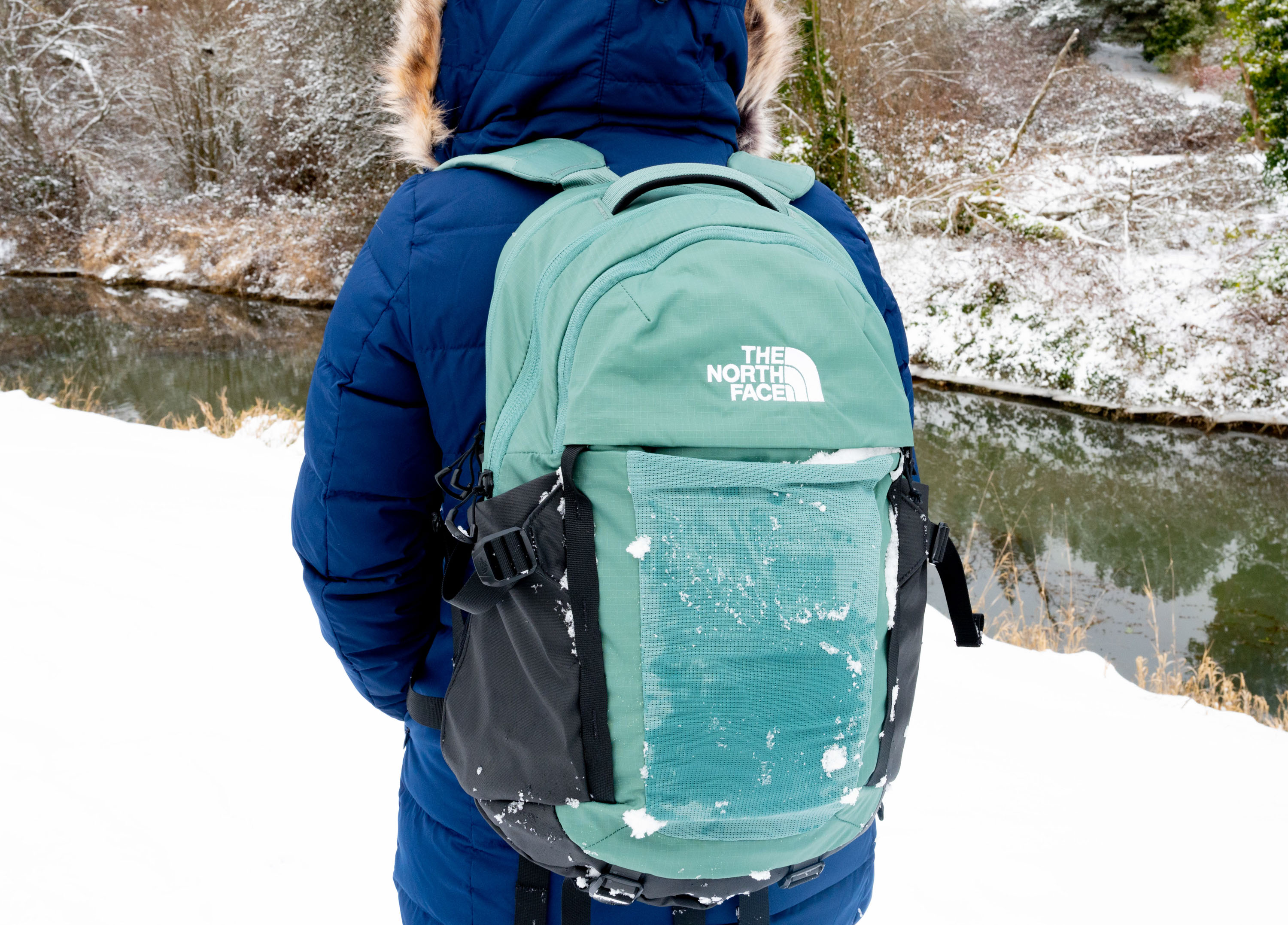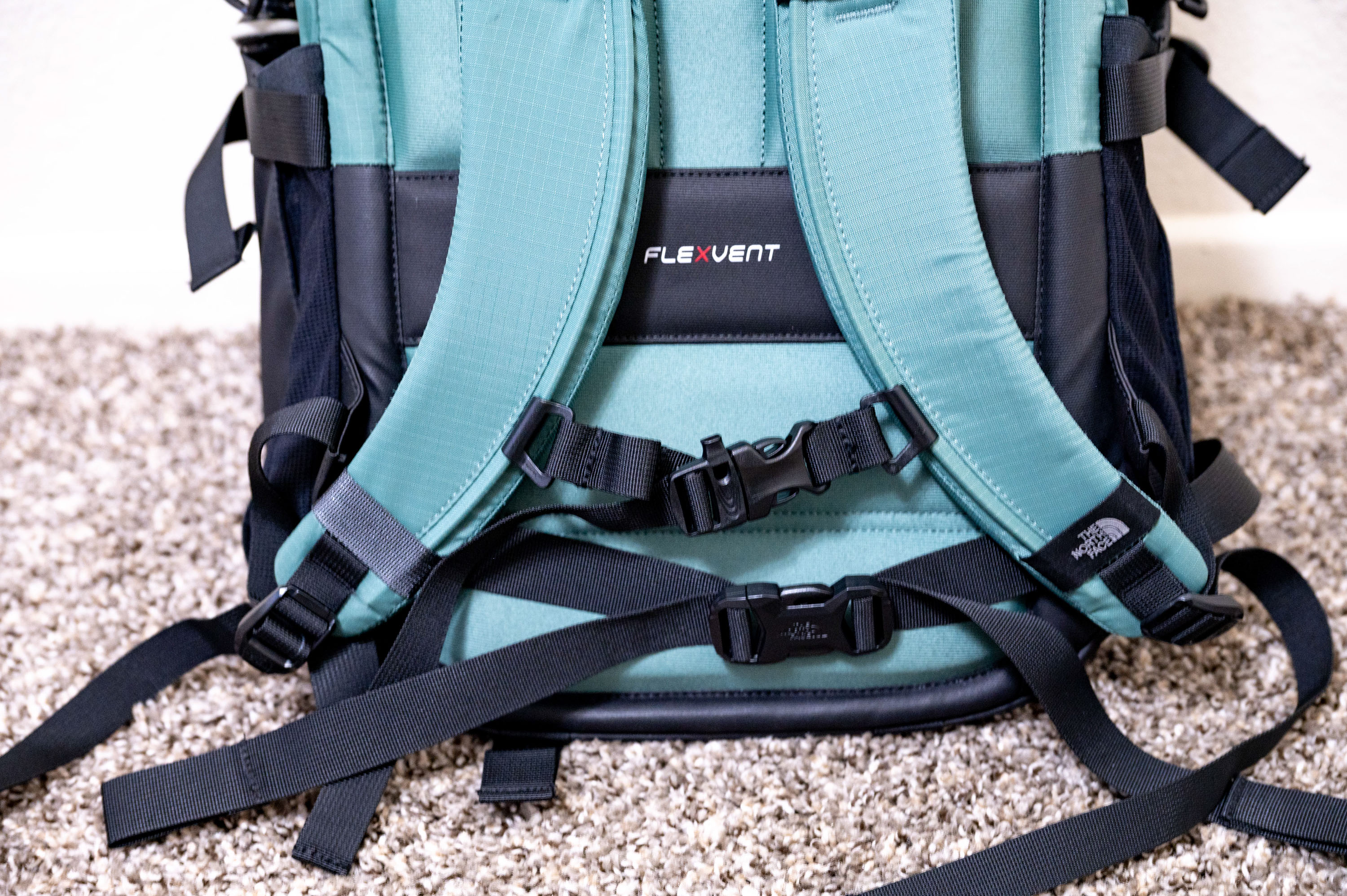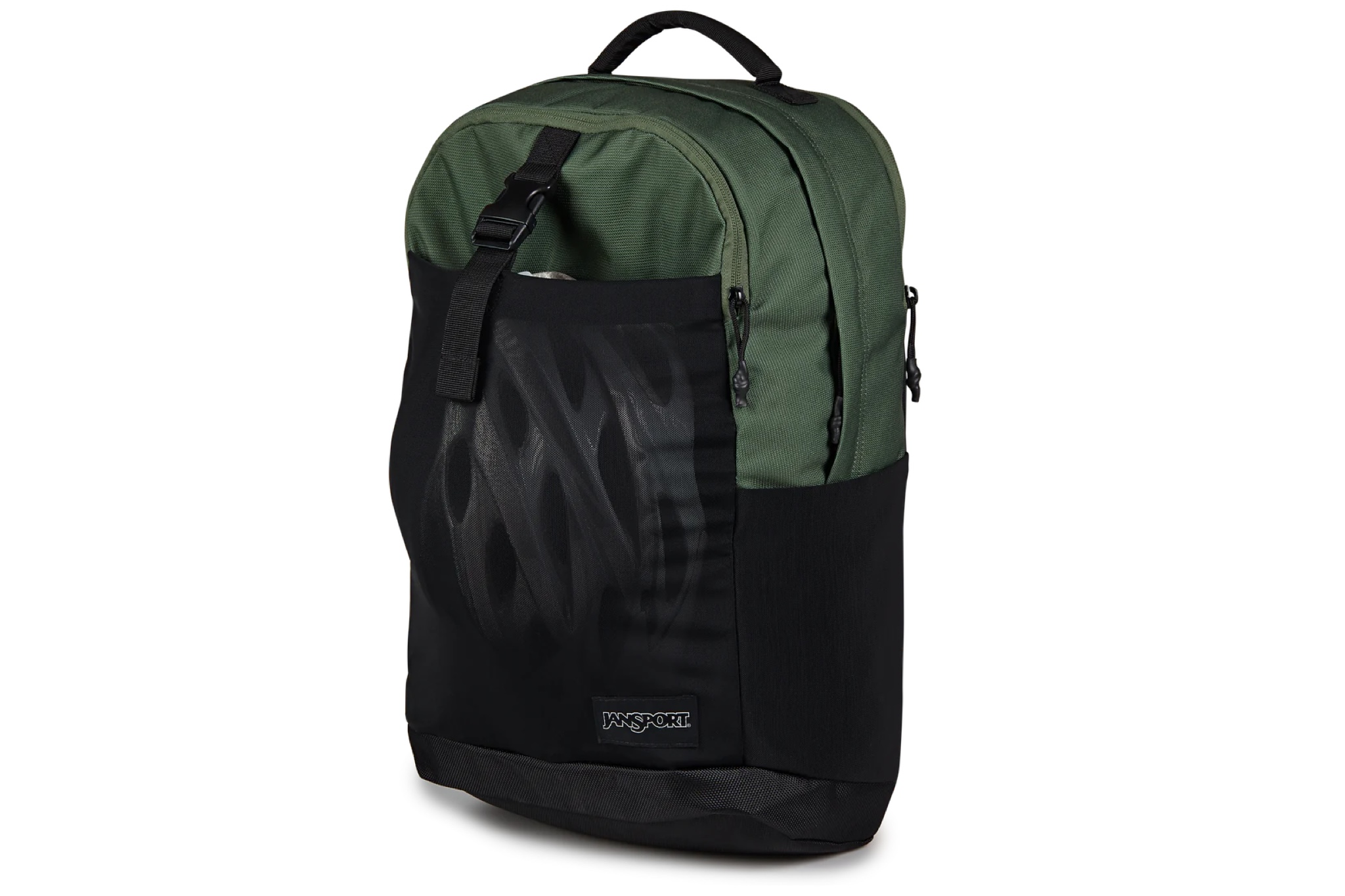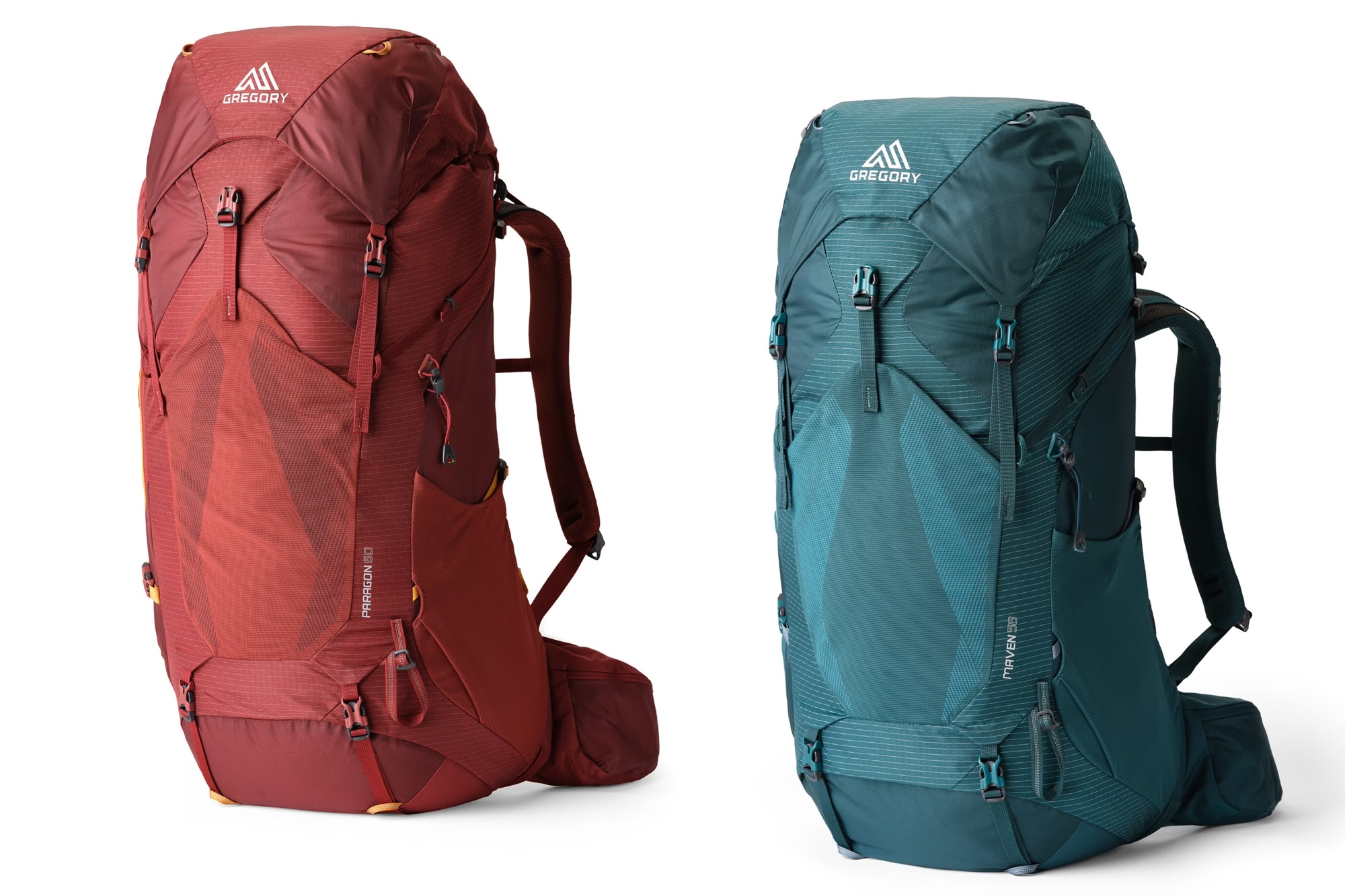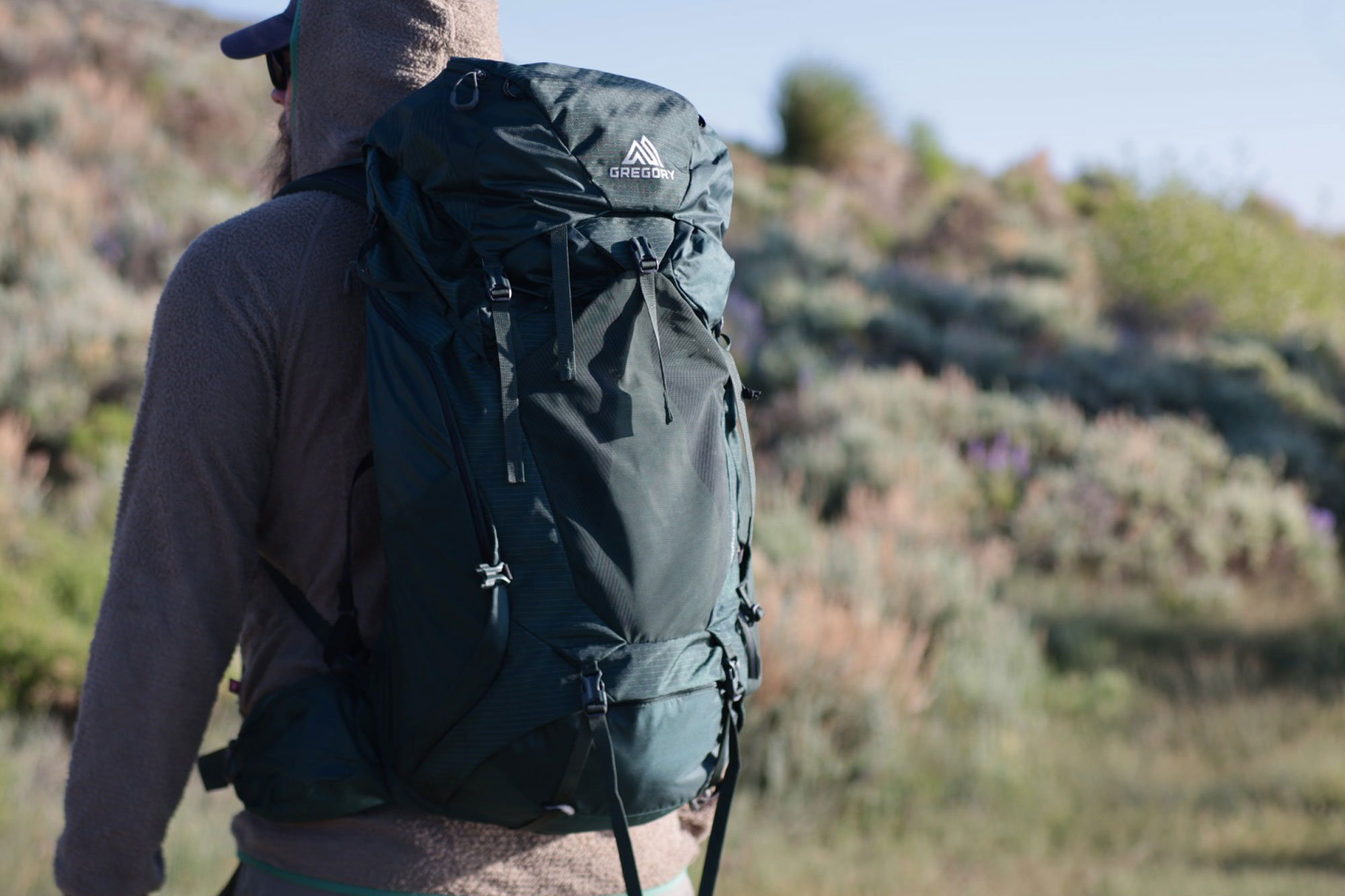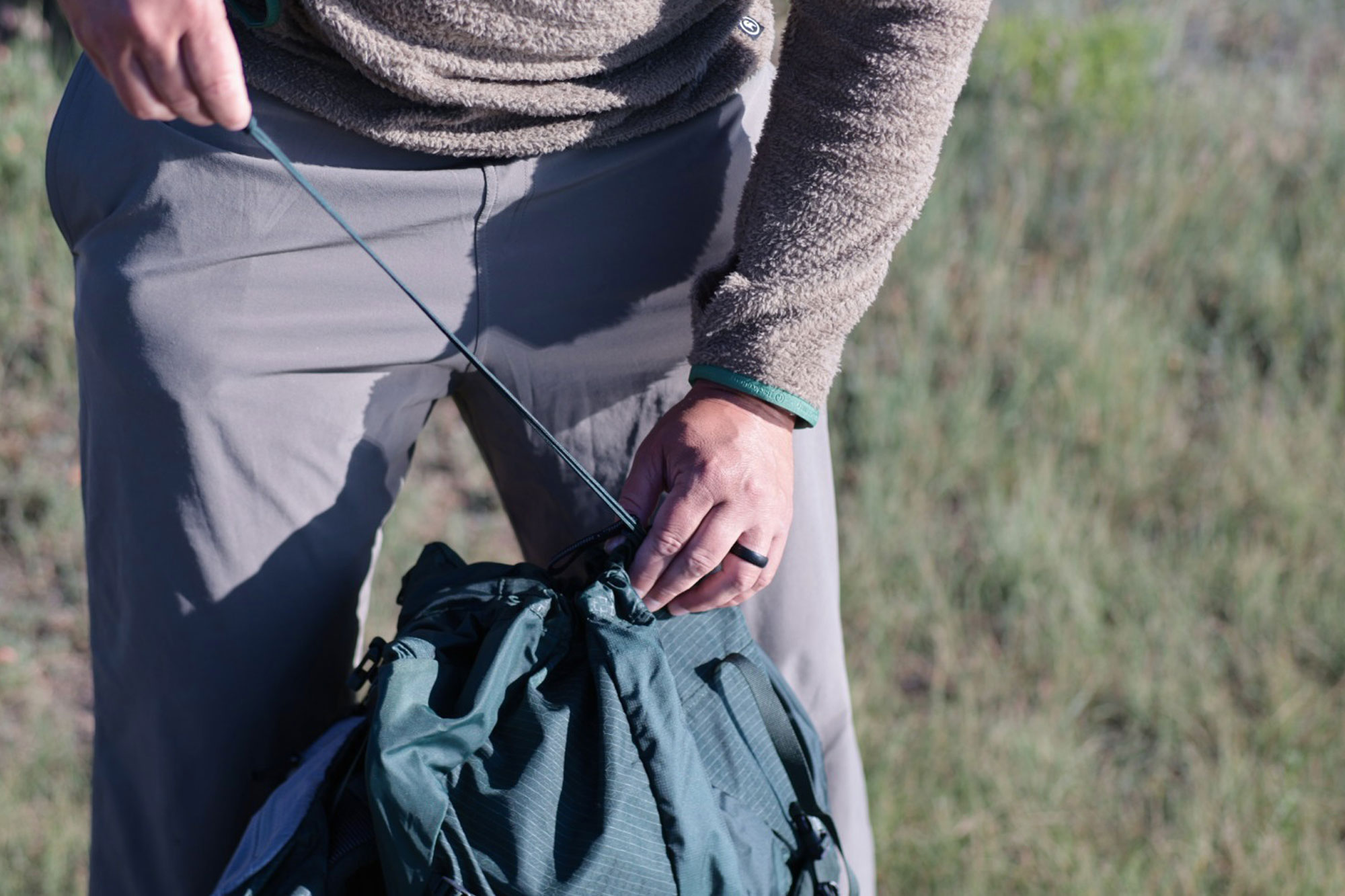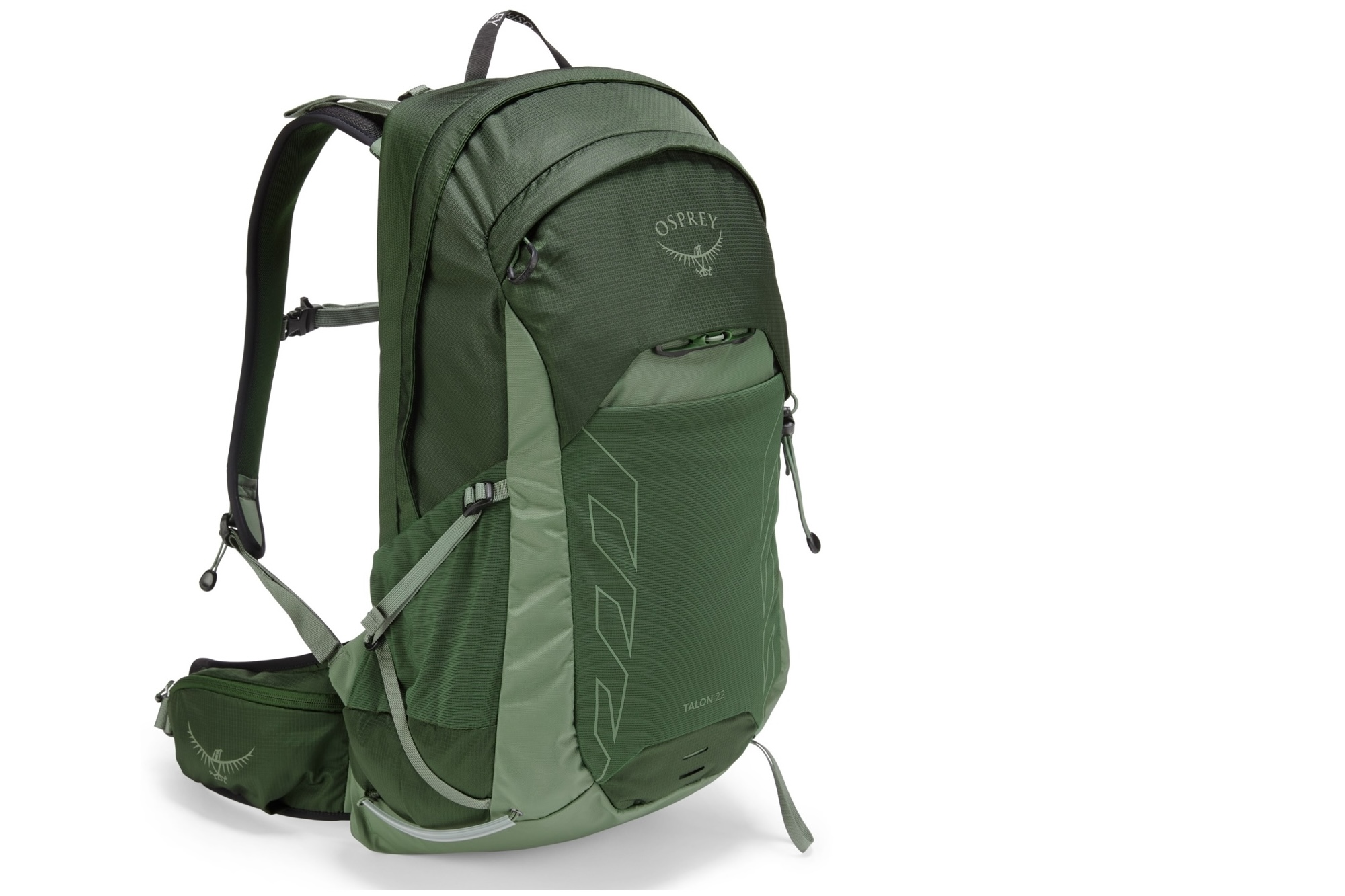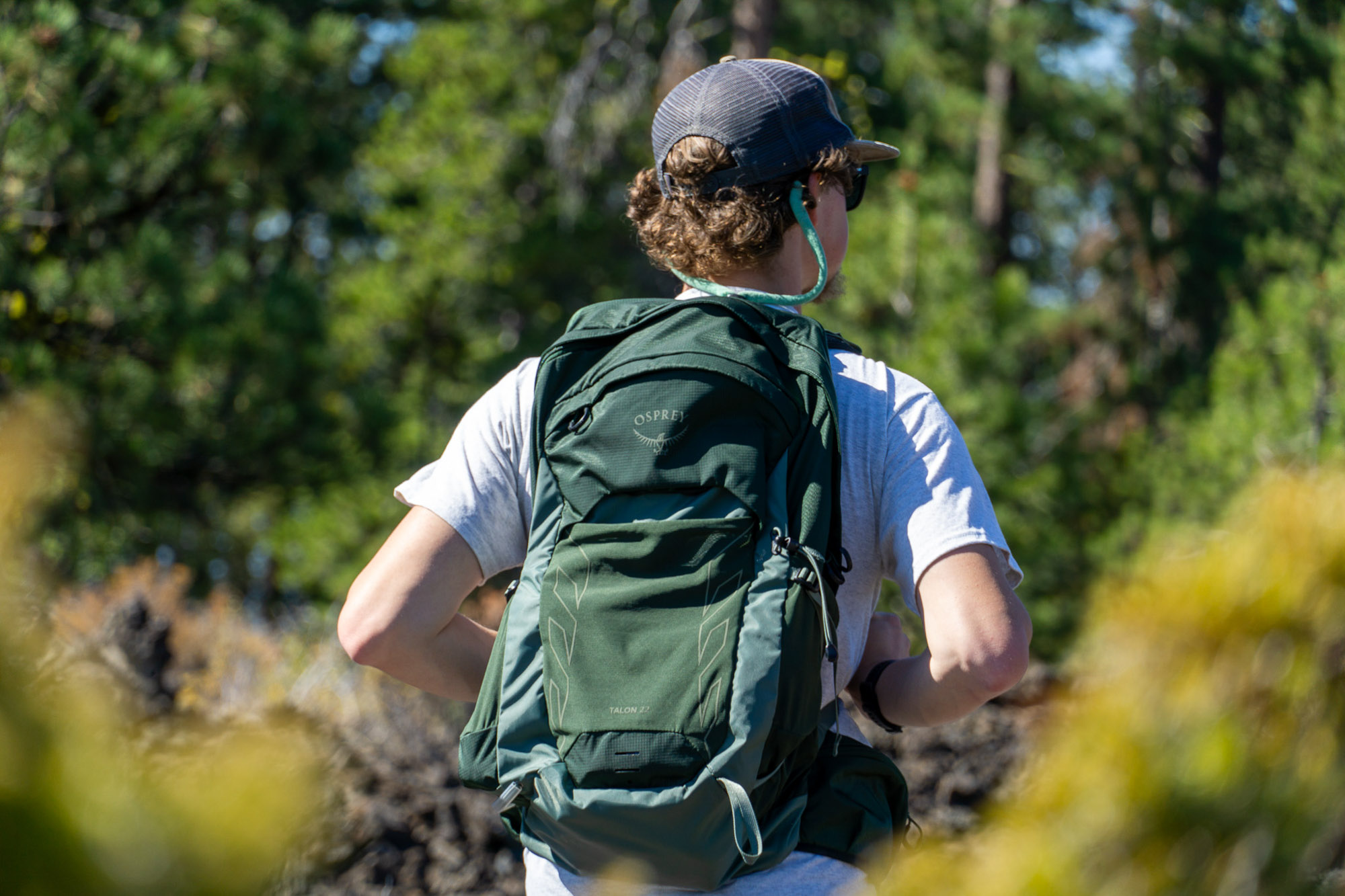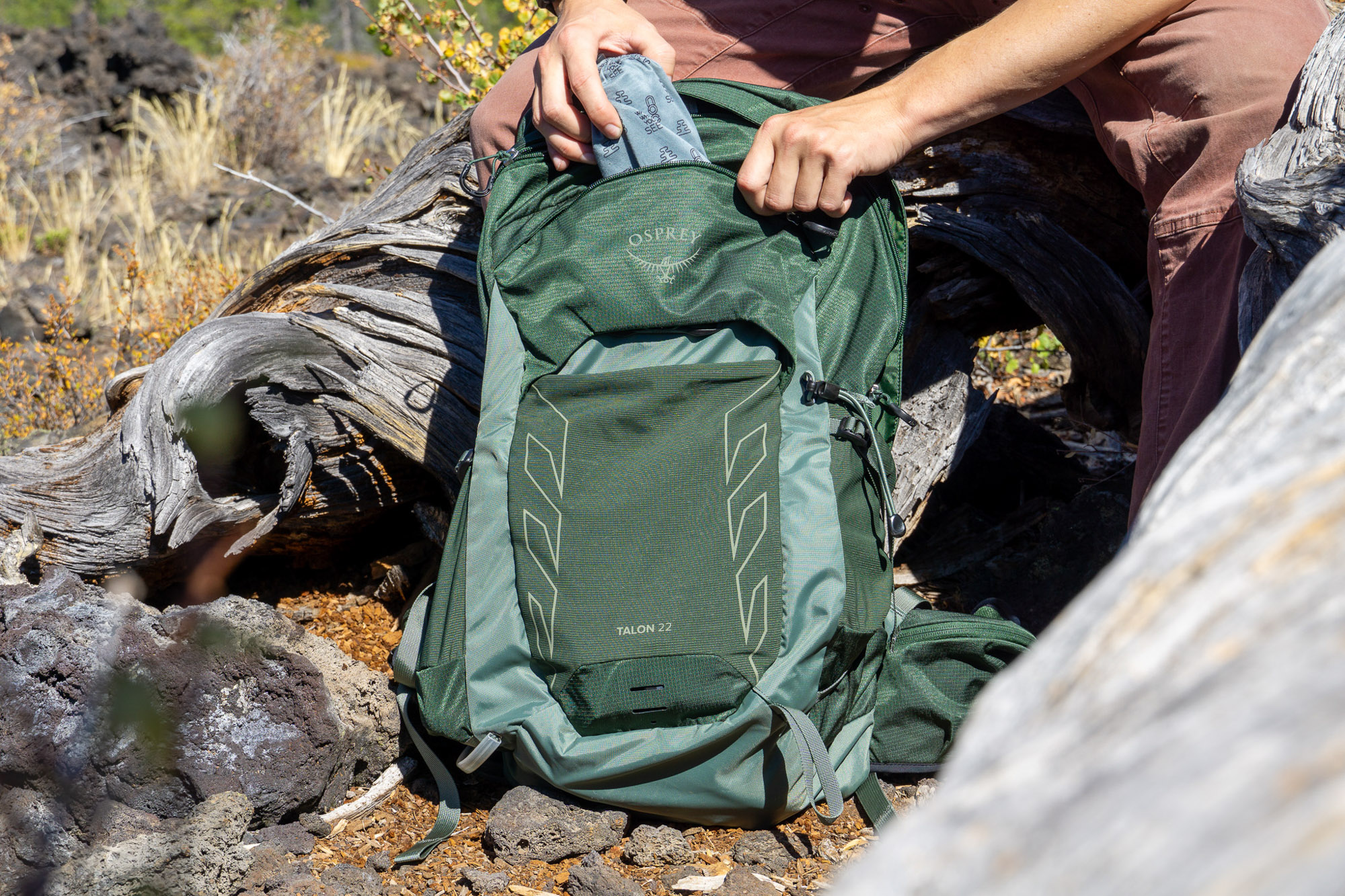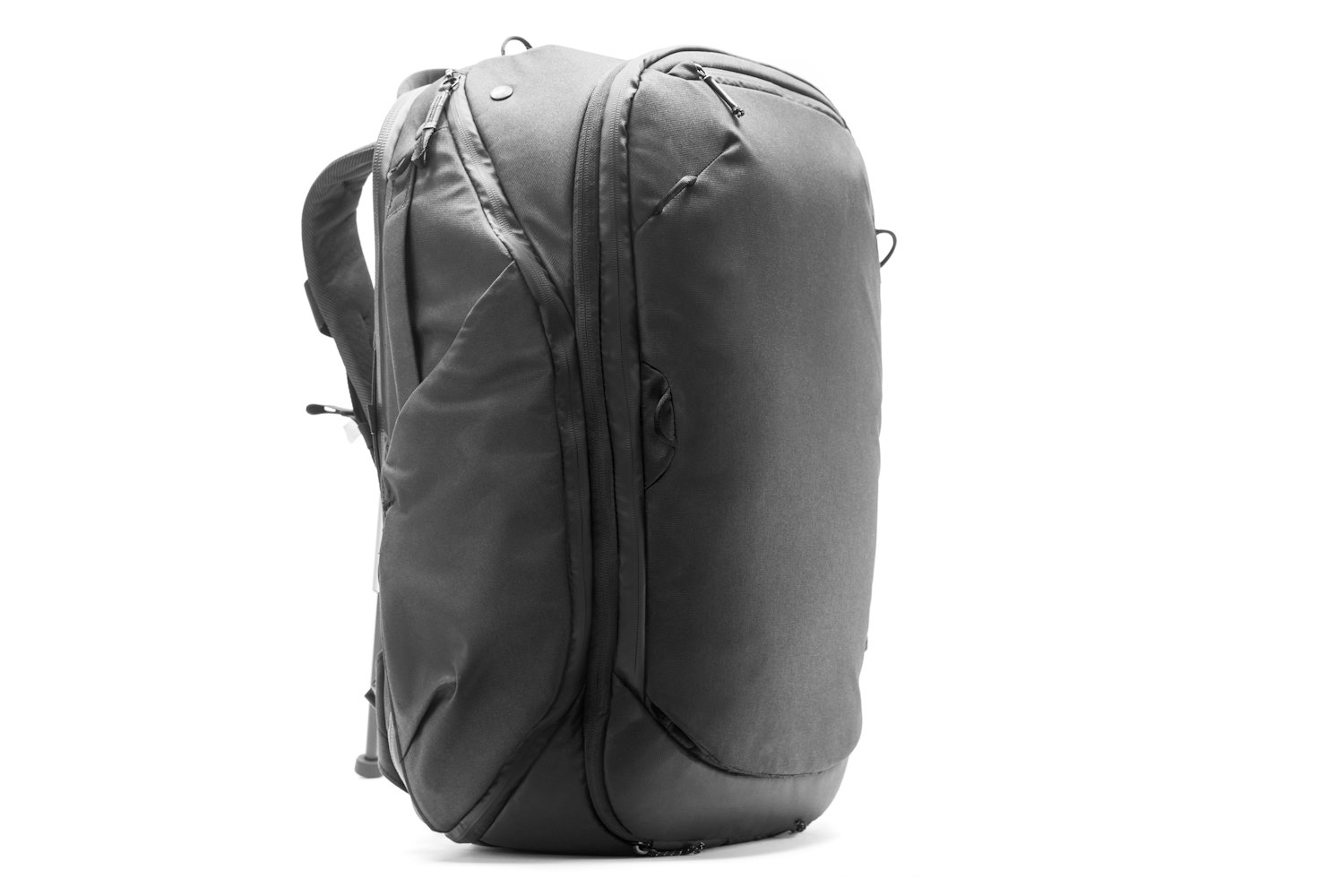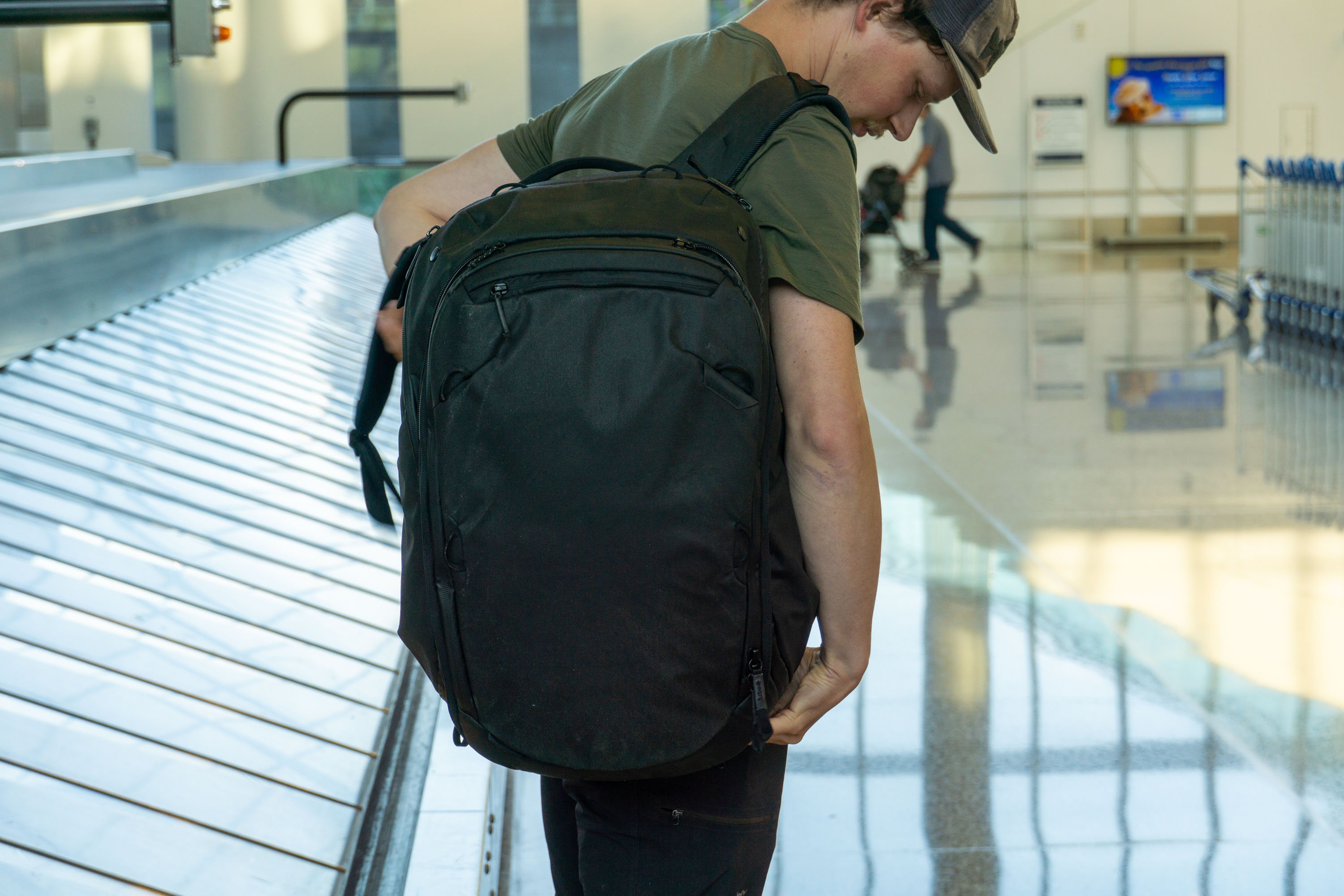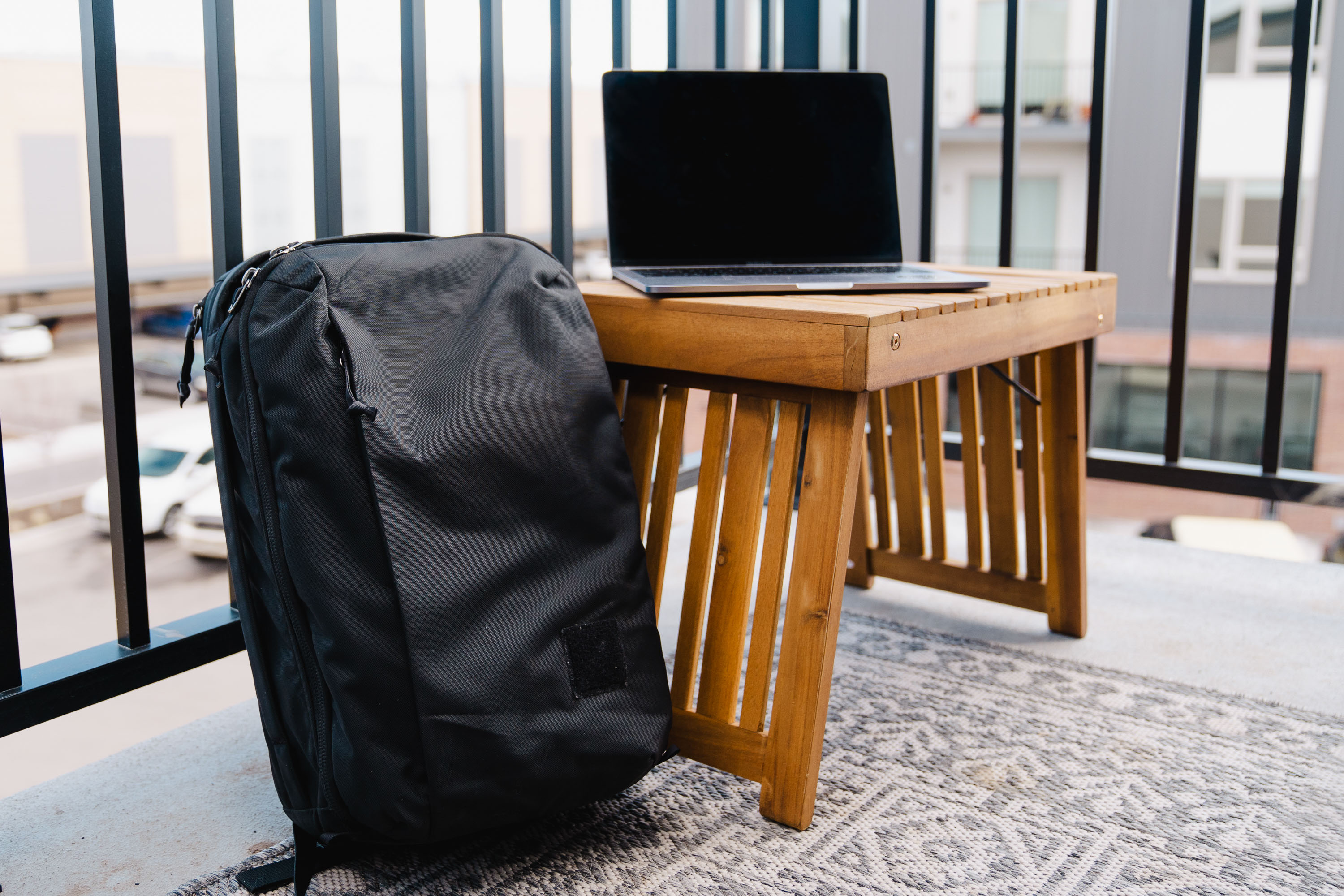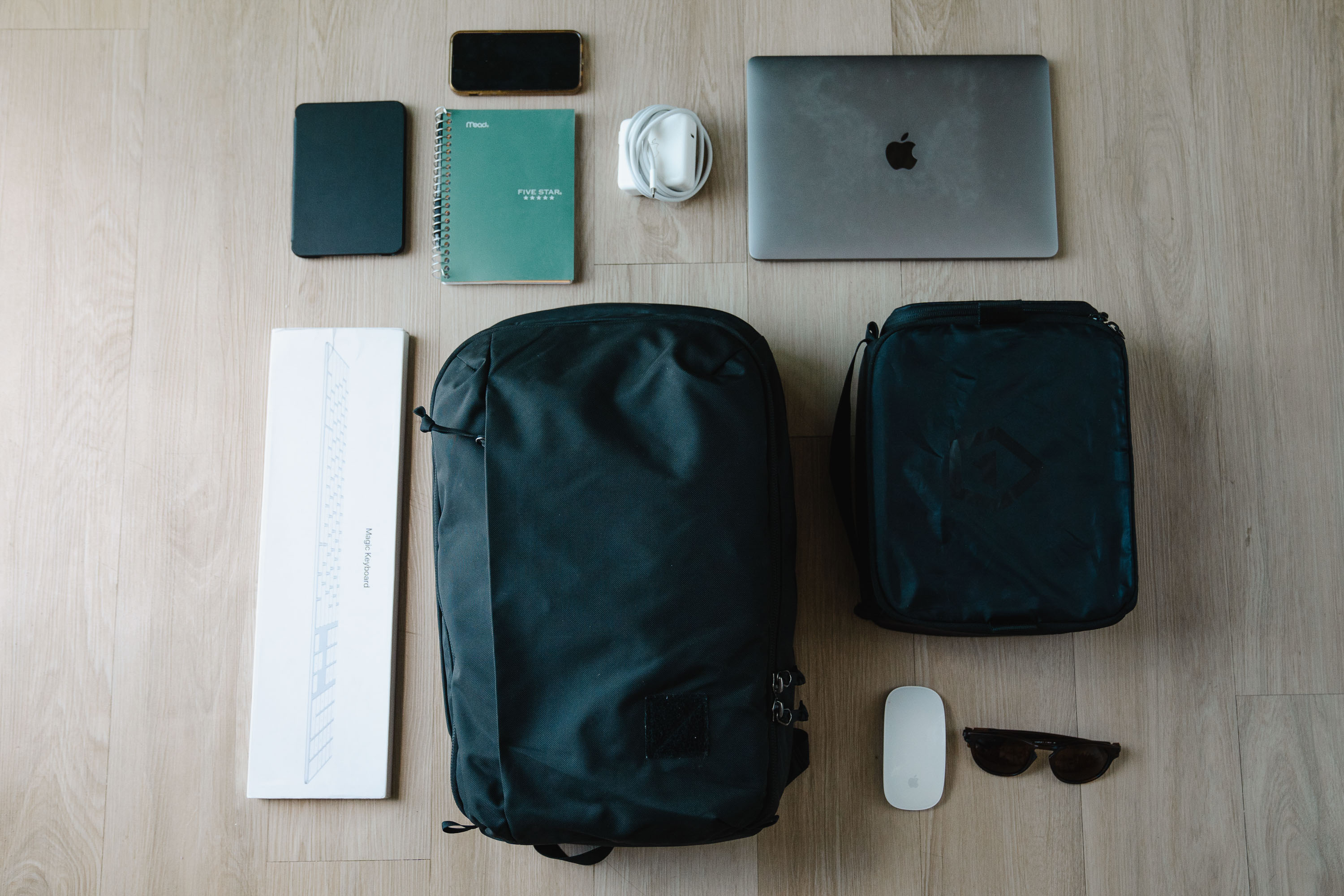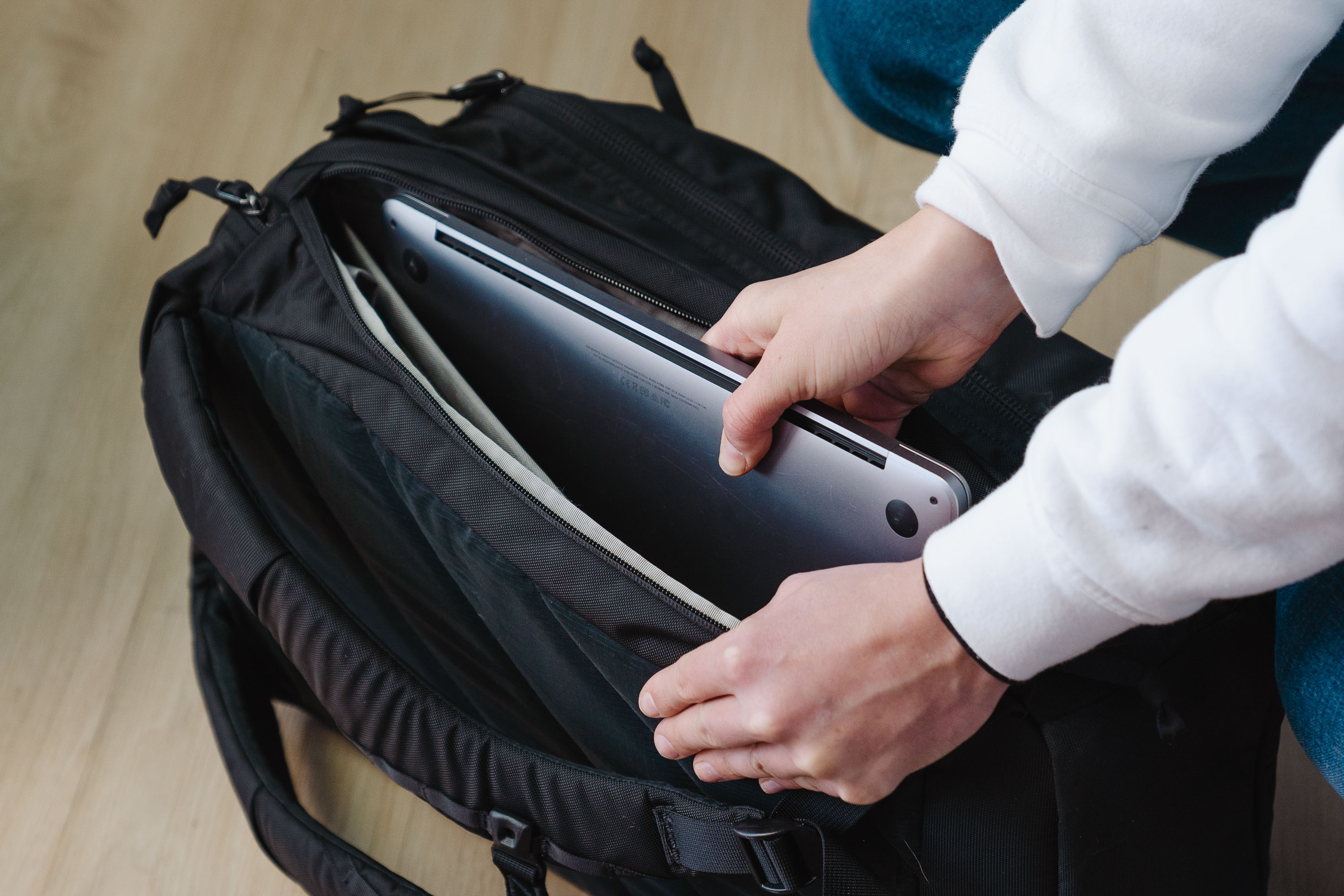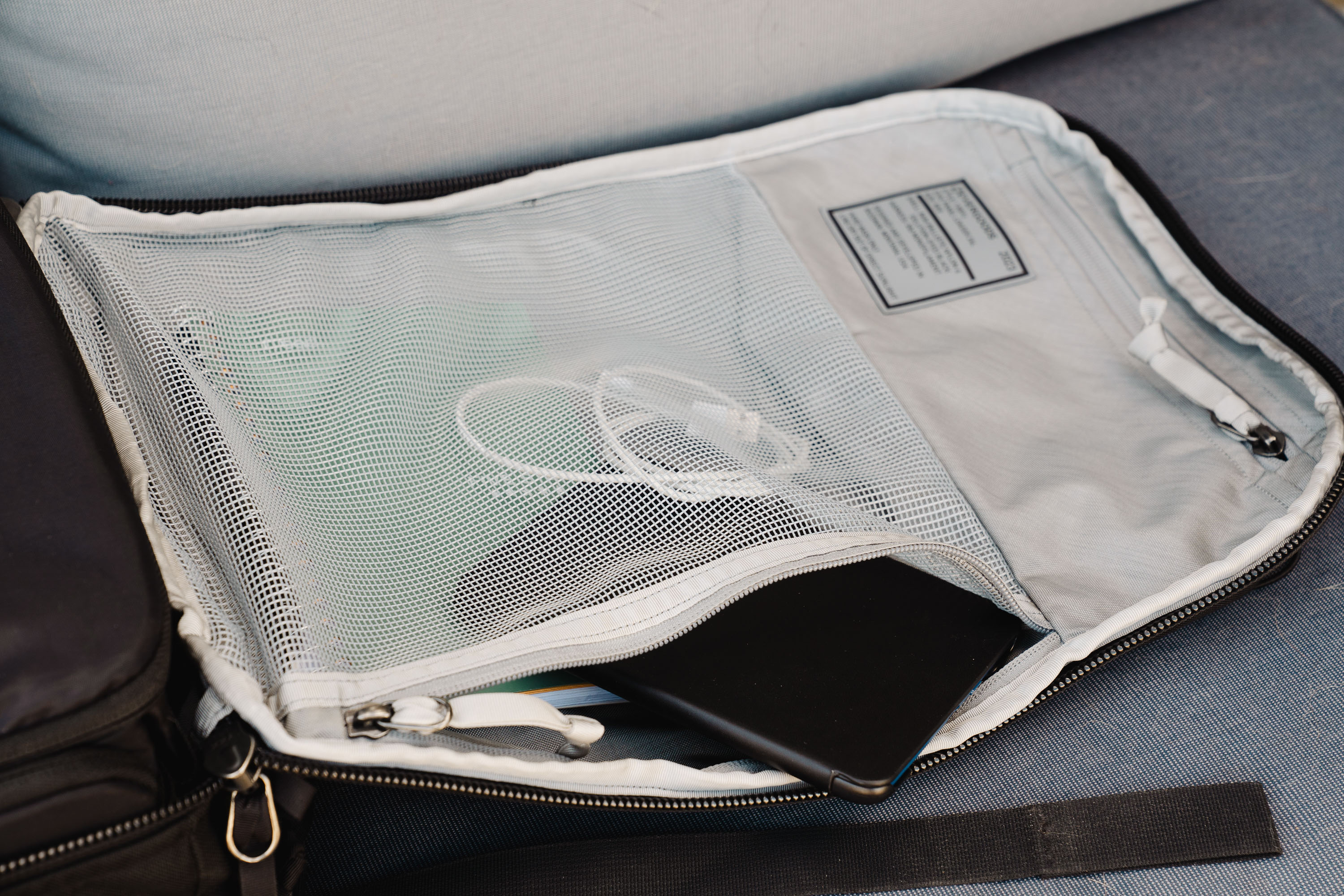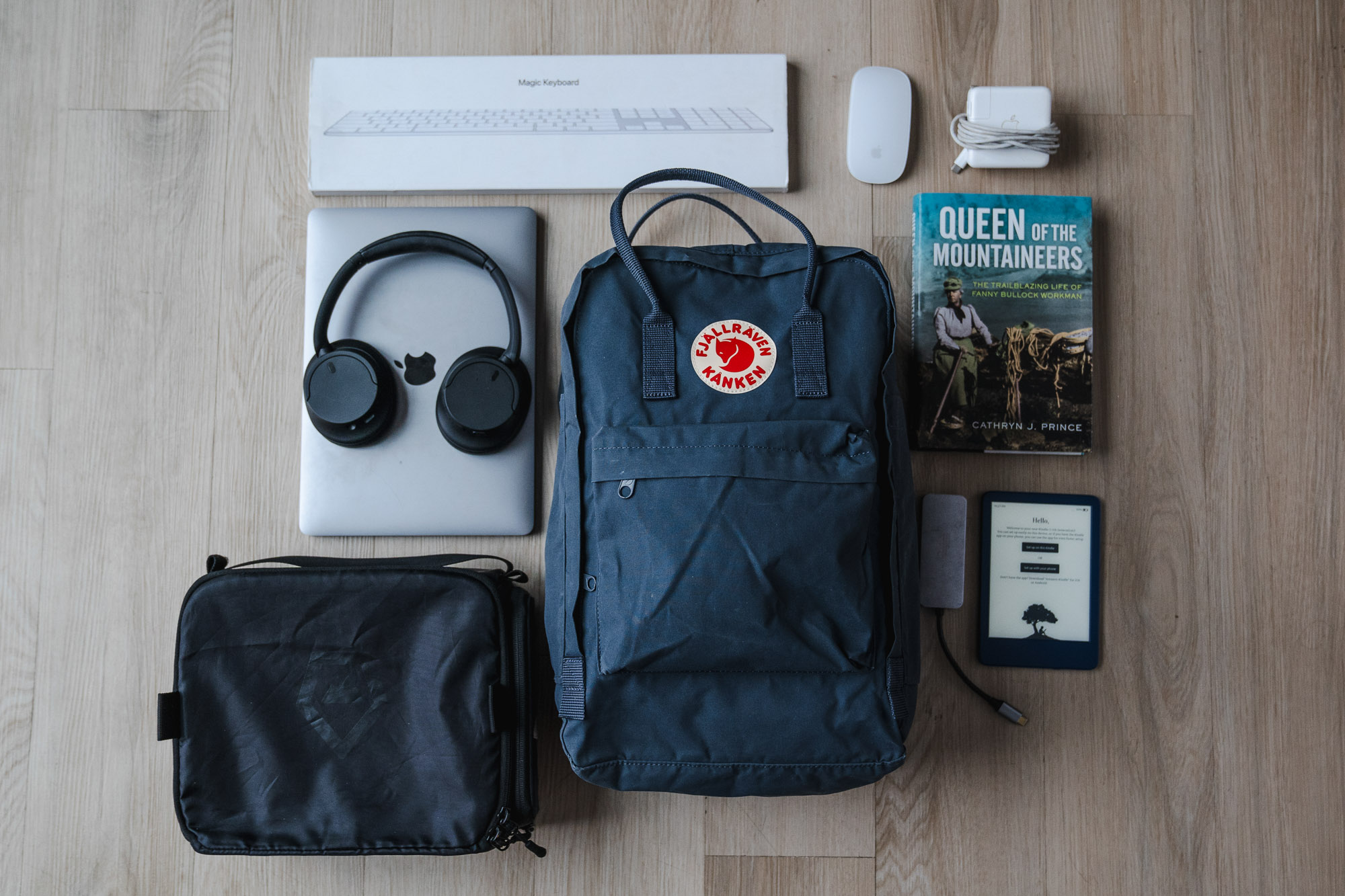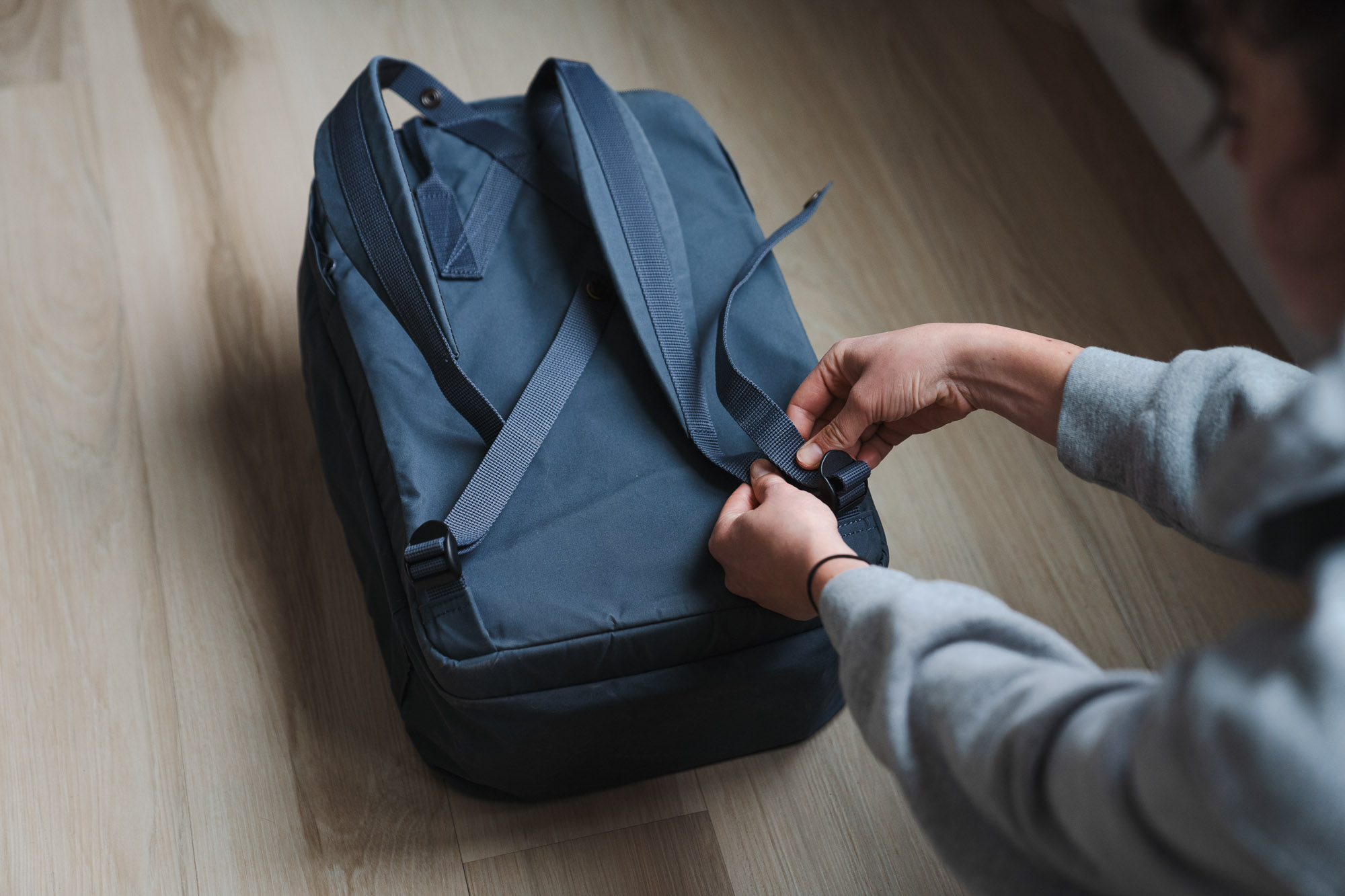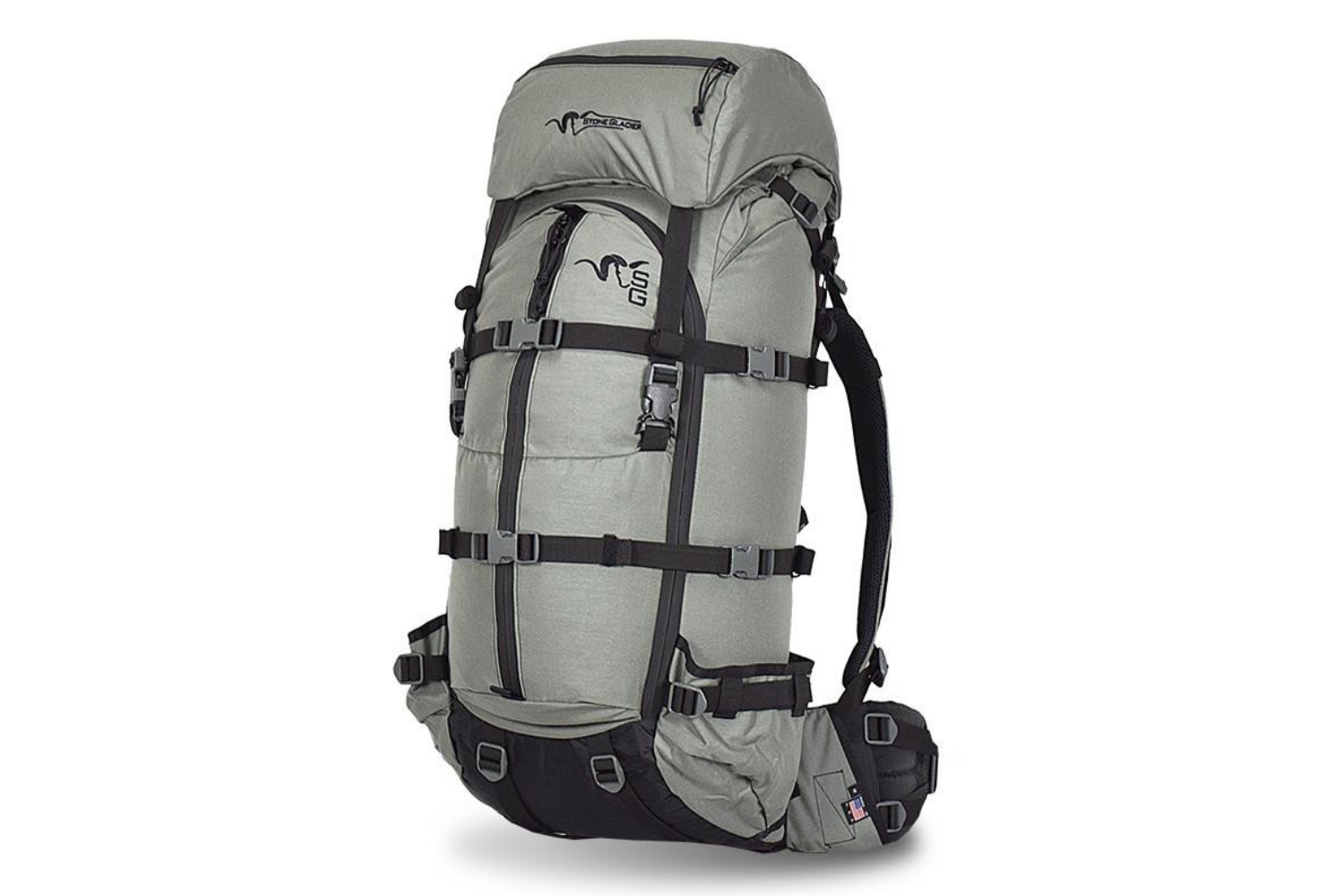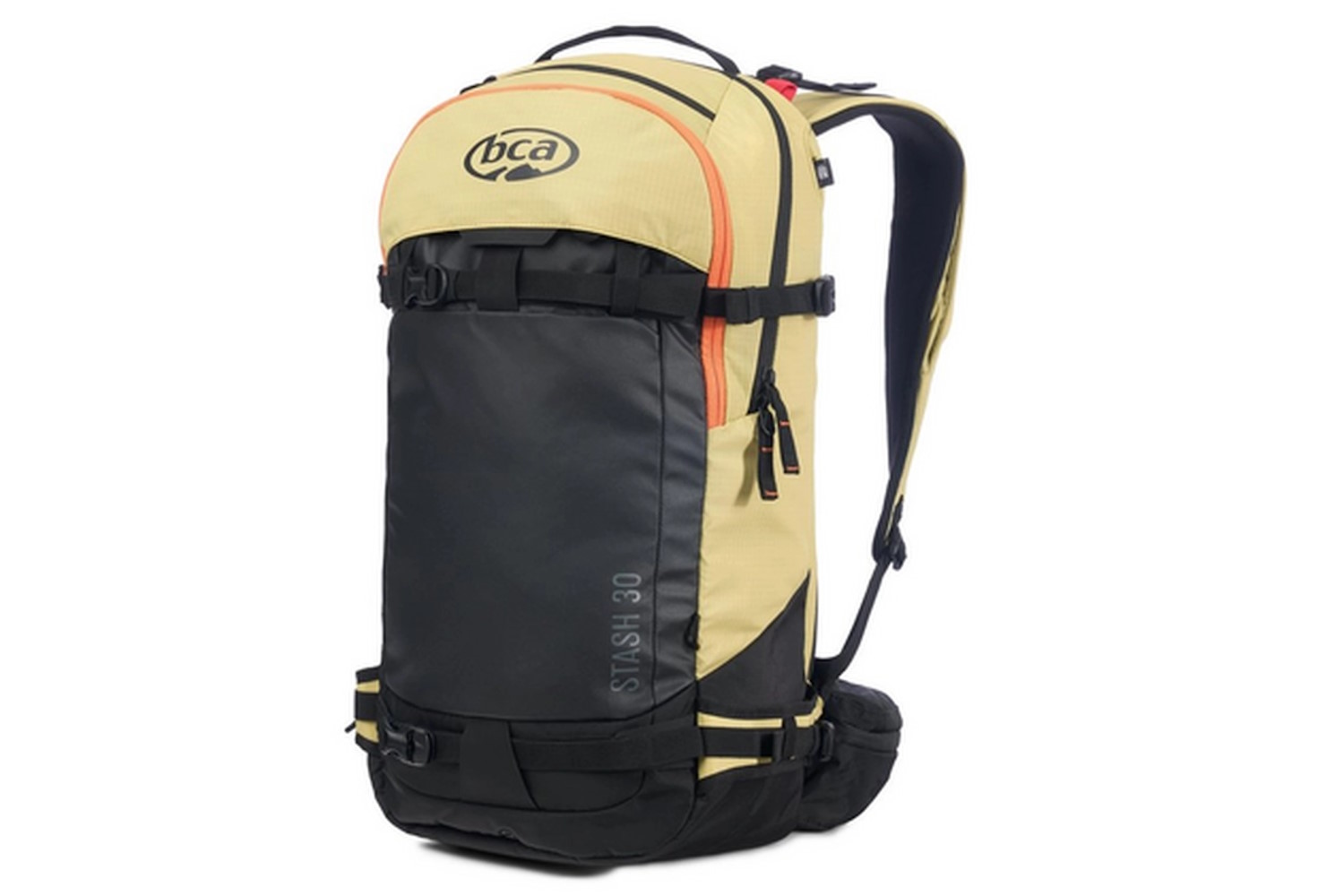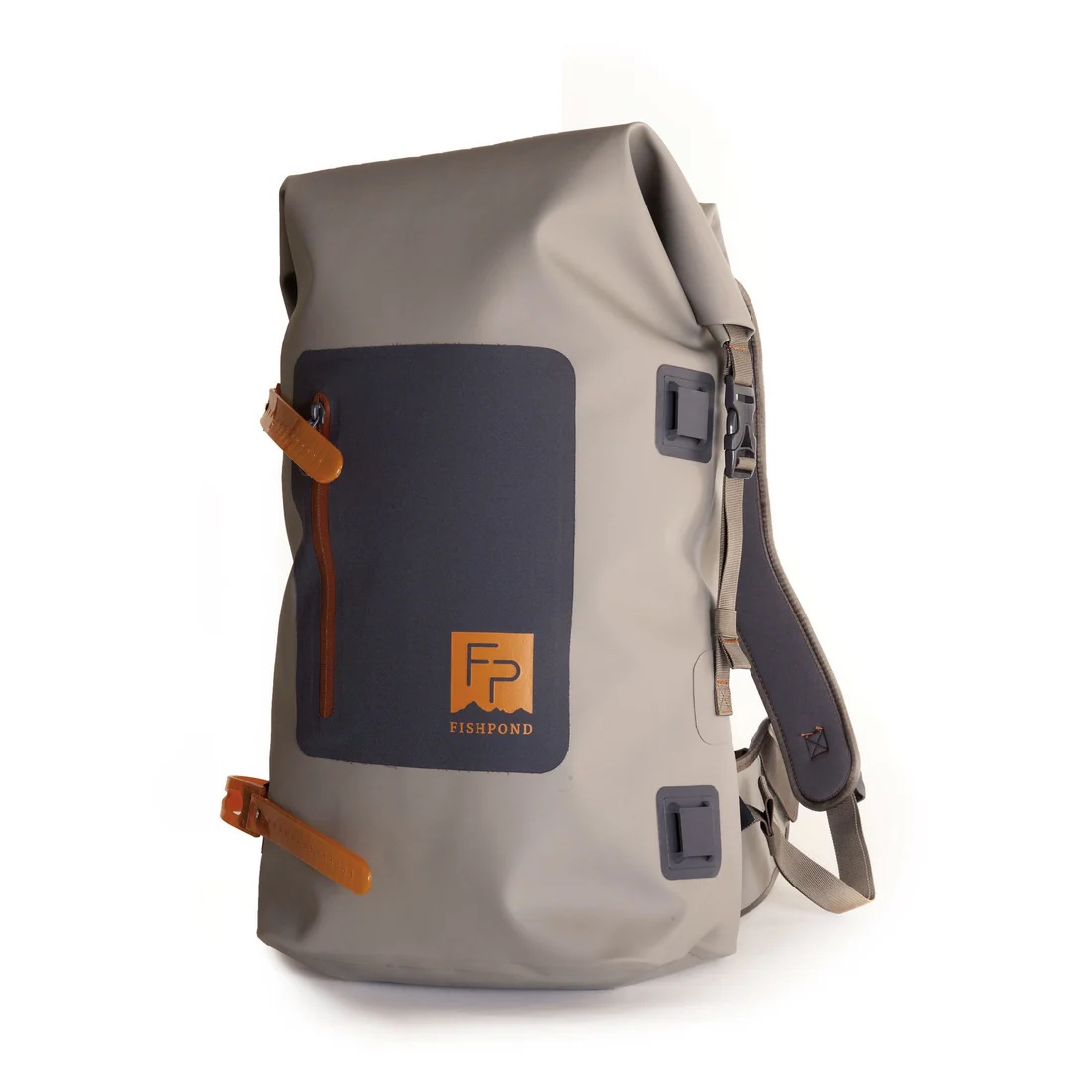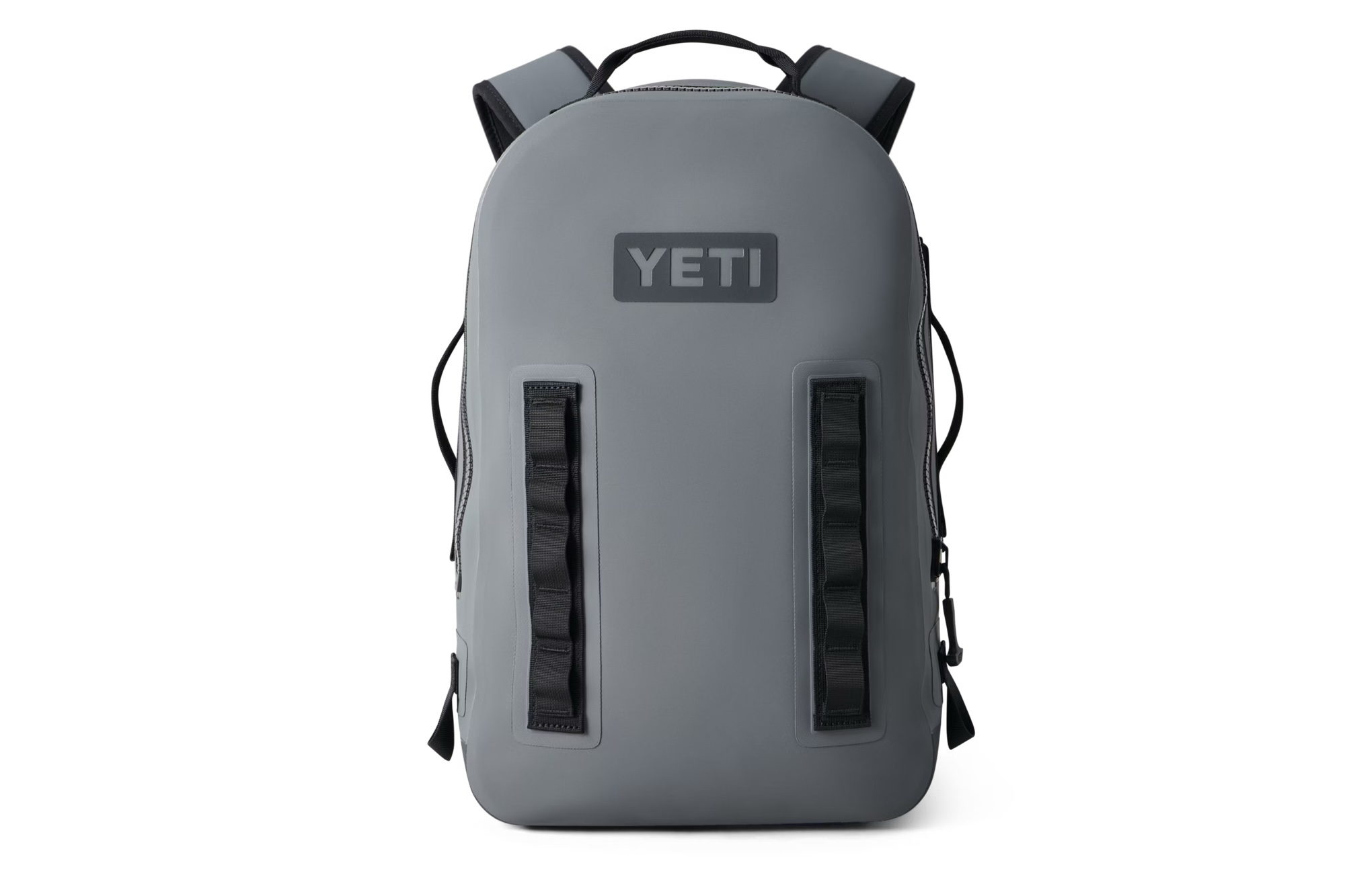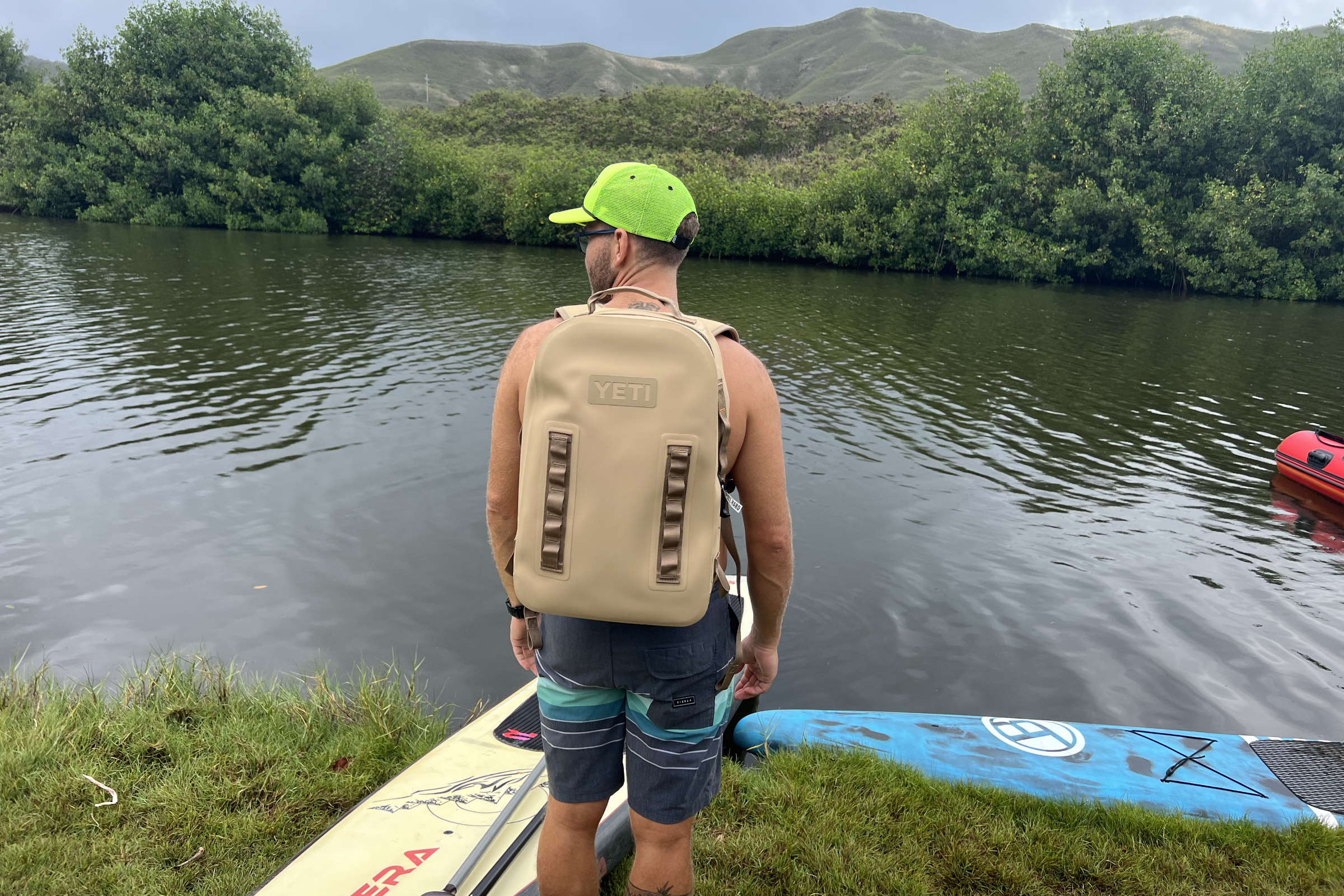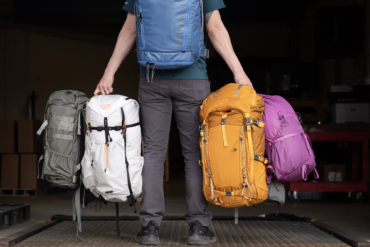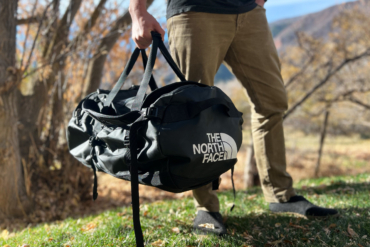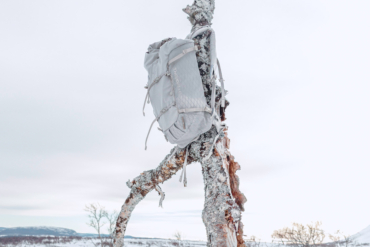A great backpack is what stands between you and looking like a traveling junk show. Across all disciplines, our experts have tested hundreds of the best backpacks across a decade of experience — from months-long thru-hikes to minutes-long commutes across town.
We packed them full for quick day hikes in the North Cascades, even fuller for backpacking trips in Alaska, and tried to skirt under carry-on limits internationally. Whether you’re looking for a do-it-all bag, or a specialized pack for the trip you take once a year, we’ve pulled them all together here.
Below is our selection of 12 of the best backpacks from across the spectrum — from blitz-around commuters to backpacking-ready load haulers, urban grocery-getters, and packs made to travel the globe with. If you’re after a do-it-all pack like The North Face Recon 30L — our top pick — or just need a budget bag to get you there and back, like the JanSport Journey, we think there’s something here for everyone.
Editor’s Note: We updated our Backpack guide on May 14, 2025, to add six new top picks from across our backpack buyer’s guides, including bag choices for big game hunters, fisherfolk, and even the backcountry tactical crowd.
The Best Backpacks of 2025
The North Face Recon 30L Backpack
- Capacity: 30 L
- Weight: 2 lbs., 9 oz.
- Dimensions: 11.6'' x 7.5'' x 19.3''
- Compartment access: Zippered top access to three compartments
- Material: 210D recycled nylon ripstop with non-PFC DWR finish
- Electronic storage: 19'' x 11'' laptop sleeve, internal organizer pockets
Pros
- Comfortable and adjustable FlexVent suspension system carries weight well
- Fleece-lined pocket for sunnies or glasses
- External compression straps that don’t interfere with zippered access
- Versatile feature set means the pack can be used for everything from hiking to campus
- Women's- and men's-specific versions available
Cons
- When fully loaded, smaller internal pocket robs space from the larger main compartment
- Laptop sleeve isn’t quite suspended enough for full protection
- Only comes in one volume
JanSport Journey Pack
- Capacity: 28 liters
- Weight: 1 lb., 13.6 oz.
- Dimensions: 19.5" x 12.5" x 7"
- Compartment access: Zippered top access
- Material: 100% 600D recycled polyester + 1680D ballistic boot
- Electronic storage: 15" laptop sleeve
Pros
- Compact and clean profile
- Plush foam back panel and shoulder straps
- Large stretch mesh rear pocket can accomodate bulky kit like jackets or helmets
- Smooth-running zippers
- Good internal organization
Cons
- Laptop sleeve won't fit some large modern laptops
- Water bottle pockets sized for slimmer vessels
Gregory Paragon 60 & Maven 58
-
Comfort
8.0
-
Volume & Organization
9.0
-
Weight
8.0
-
Durability
8.0
- Access: Drawcord closure
- Tested weight: 3 lbs., 8 oz. (men's S/M); 3 lbs., 8 oz. (women's XS/S)
- Volume: 60 & 58 L
- Material: 100D/210D nylon ripstop body + 300D bottom, 135D polyester lining
- Outside storage: Two hip belt pockets, two side bottle pockets, one rear stash pocket, and one floating lid pocket
Pros
- Hip belt offered great support
- Can comfortably carry up to 50 lbs.
- Stash spot for your inReach on shoulder strap
- Side-loading zippered pocket
- PFAS-free
Cons
- Not the most mobile pack
- Size range of available frames isn't very wide
- No rain cover included
- Design caused back pain (specific to Maven Women's version)
Osprey Talon 22
-
Comfort
8.0
-
Organization & Volume
8.0
-
Durability
8.0
-
Weight
7.0
- Material: 210D/420D recycled ripstop nylon
- Pockets: Three external stretch, one external zippered, and two hipbelt
- Suspension Style: Frameless foam back panel
- Hydration-Compatible: Yes
- Ideal Use: Hiking, biking, or even traveling
- Weight: 2 lbs.
Pros
- Many attachment features
- Cushy suspension system
- Available in extended sizes
- Pocket for nearly everything
Cons
- On the heavier end at 2 pounds
- Fairly pricey compared to similar daypacks
Peak Design Travel Backpack 45L
- Capacity: 45 L (collapses to 35 L)
- Weight: 4 lbs., 8 oz.
- Dimensions: 22" x 13" x 9.5" standard, 22" x 13" x 11" expanded
- Compartment access: Back panel clamshell design with #10 zipper
- Material: Weatherproof, 100% recycled 400-denier nylon canvas shell; 900-denier waterproof bottom
Pros
- Compresses down to maximum airline carry-on size, and then expands once you’ve hit your destination
- Burly construction
- No details are overlooked in the design
Cons
- Price
- Side-carry handles are offset in an awkward position
Evergoods Civic Panel Loader 24L
- Dimensions: 18" x 7" x 11.5 "
- Weight: 3 lbs., 1.6 oz.
- Capacity: 24L
- Laptop compartment size: 17"
- Best use: Everyday and travel
Pros
- Functions as both a laptop backpack and suitcase
- Well-structured and protected
- Full panel loading access
Cons
- Limited color schemes
- Expensive
Fjällräven Kånken 17″ Laptop Pack
- Capacity: 20 liters
- Weight: 1 lb., 1.6 oz.
- Dimensions: 16.5” x 11.8” x 7”
- Compartment access: Zippered top access
- Material: Vinylon F material on exterior, 70D polyamide lining
- Electronic storage: 17” padded laptop sleeve
Pros
- Cube design more conducive to storage
- Extra foam insert doubles as a seat pad
- Stylish and carry-on compliant
Cons
- Side pockets are not stretchy enough for larger bottles
- Only two zipper pockets
- Fabric is easily creased
Stone Glacier Sky 5900
- Weight: 5 lbs., 8 oz.
- Volume: 5,900 CI (expands up to 8,000 CI with meat shelf and optional lid)
- Material: CORDURA 500, Xpac
Pros
- Extremely durable. This pack will last for decades
- Carries heavy weight with ease
- Large primary sack carries large items well
- Versatile, modular system allows frame to be used with other packs if desired
Cons
- Heavy
- Not a lot of organizational options
- Requires expensive add-ons to get the most benefit of the system
BCA Stash 30
- Best use: Backcountry tours, ski, and splitboard mountaineering
- Weight: 3 lbs., 5 oz.
- Capacity: 30 L
- Carry: A-frame and diagonal ski (or splitboard ski) carry or vertical snowboard carry
Pros
- Excellent organization and comfort
- Stowable helmet sling
Cons
- Small goggle pocket
Fishpond Wind River Backpack
- Capacity: 38L
- Type of Pack: Backpack
- Water Resistance: 100% Waterproof
- Materials: 900D TPU Coated NewStream Fabric
Pros
- Waterproof
- Lower price than other waterproof packs
- Roll top allows for pack to be downsized or upsized based on contents
- Rigid back panel
Cons
- Excessive straps are easily snagged
- No internal storage organization
- Time consuming to open and close
Mystery Ranch 2-Day Assault Pack
- Capacity: 27 L
- Weight: 3 lbs.
- Materials: 500D CORDURA fabric
- Carry-on size: Yes
- Hydration bladder compatible: Yes
Pros
- Durable materials
- Highly versatile for overnight adventures or everyday use
- Easy-to-use three-zip opening
- Lightweight
Cons
- Not fully waterproof
YETI Panga 28L Waterproof Backpack
- Capacity: 28 liters
- Weight: 3 lbs., 14.4 oz.
- Dimensions: 12.5" x 7" x 19.7"
- Compartment Access: Waterproof zippered top access
- Material: High-density nylon and TPU lamination 'ThickSkin'
- Electronic Storage: N/A
Pros
- Proven submersible waterproofing
- Rugged TPU exterior
- Smooth-running waterproof zipper
- Pack suspension isn't lacking for a waterproof bag, and has removable hipbelt and sternum strap
- Exterior daisy chains make it easy to clip kit to
Cons
- Fairly spartan internal organization
- A bit heavy due to the materials used
Backpacks Comparison Chart
| Backpacks | Price | Capacity | Weight | Material | Best Use |
|---|---|---|---|---|---|
| The North Face Recon 30L Backpack | $109 | 30 L | 2 lbs., 9 oz. | 210D recycled nylon ripstop with non-PFC DWR finish | Everyday carry, campus, and work |
| JanSport Journey Pack | $95 | 28 L | 1 lb., 13.6 oz. | 100% 600D recycled polyester + 1680D ballistic boot | Travel carry on, commuting, and even as a daypack |
| Gregory Paragon 60 & Maven 58 | $270 | 60; 58 L | 3 lbs., 8 oz. | 100D/210D nylon ripstop body + 300D bottom, 135D polyester lining | Multiday backpacking trips |
| Osprey Talon 22 | $160 | 22 L | 2 lbs. | 210D/420D recycled ripstop nylon | Day hikes, bike commuting |
| Peak Design Travel Backpack 45 | $300 | 45 L | 4 lbs., 8 oz. | 100% recycled 400-denier nylon canvas shell; 900-denier waterproof bottom | Checked bag while traveling |
| Evergoods Civic Panel Loader 24L | $279 | 24 L | 3 lbs., 1.6 oz. | 840D ballistic nylon 6 exterior with DWR coating, 420D nylon interior | Travel carry-on, commuting, and even as a daypack |
| Fjällräven Kånken 17″ Laptop Pack | $125 | 20 L | 1 lb., 1.6 oz. | Vinylon F material on exterior, 70D polyamide lining | Campus book bag or commuting |
| Stone Glacier Sky 5900 | $695 | 88-131 L | 5 lbs., 8 oz. | CORDURA 500D, Xpac | Big game hunting |
| BCA Stash 30 | $180 | 30 L | 3 lbs., 5 oz. | 210D ripstop nylon w/ PU coating (main); 420D Oxford nylon (wear areas) | Inbounds or backcountry skiing or snowboarding |
| Fishpond Wind River Backpack | $230 | 38 L | 3 lbs., 9.6 oz. | NewStream (900D rPET), TPU coating | Fishing trips, both local and remote |
| Mystery Ranch 2 Day Assault Pack | $229 | 27 L | 3 lbs. | 500D CORDURA | Rucking and carrying your EDC |
| YETI Panga 28L Waterproof Backpack | $300 | 28 L | 3 lbs., 14.4 oz. | High-density nylon and TPU lamination ‘ThickSkin’ | River or boat days; even the beach |
Which Backpack Is For Me?
When shopping for backpacks, begin with your intended use. Be honest with yourself and how you intend to use the pack. This should direct your purchase.
GearJunkie has several backpack buyer guides for specific use cases. Find the perfect laptop backpacks for commuters and professionals, explore the outdoors with our ultralight backpacks for hikers, travel the world in comfort with the best travel backpacks, discover durable hunting packs for the wilderness, and gear up with robust tactical backpacks for rucking and preparedness enthusiasts.
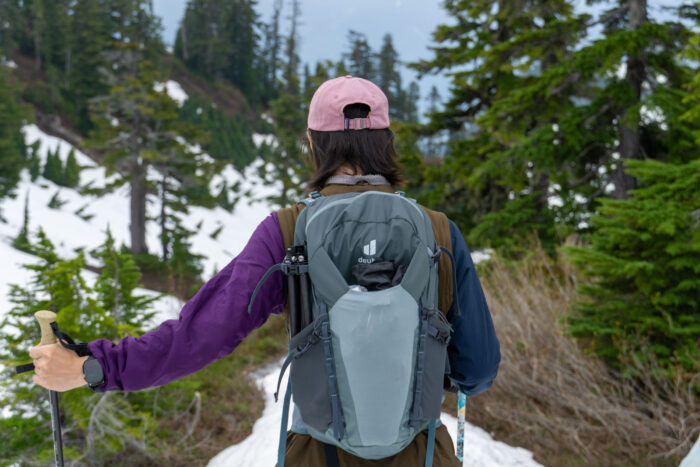
How We Tested the Best Backpacks
Likely more than just about anything else, GearJunkie knows backpacks. We’ve tested them on the trail, on the train, and on the taxiway. Across our various backpack categories, we’ve likely tested north of a few hundred, and our knowledge comes together here to help guide your next backpack purchase.
For our first foray into the world of backpacks in 2024, we assembled seven of our favorite packs from the major styles: travel, laptop, daypacks, and backpacking. Testing for these bags took place across the country, and with gear testers who considered them against like-bags in their respective categories. Most recently, in late 2024, we pulled together a selection of new packs to test our original selections against and changed our recommendations as new and better packs became available.
Our Testing Process
Pack testing across all spectrums can take you far and wide, and we attempted to cover the spread when using these bags, with an eye toward testing bags in their respective playing fields. This means that travel packs were checked, backpacking bindles shouldered and carried over the hills, and laptop bags stuffed with our remote work kits and maneuvered through public transit.
In order to better test organization, we assembled an average everyday carry — an assortment of daily-used kit — and used it to gauge the small-scale management these packs were capable of. We also loaded them down with the maximum, traded notes on style, and generally tried to run them into the ground in our quest to find the best of the best backpacks.
Finally, because backpacks can be pretty subjective from person to person, we traded bags regularly to ensure that we earned some type of consensus on our feelings around these packs. Testers of different builds, abilities, and even fashion tastes took on the entire lineup seen here, including many more that didn’t make the cut.

Number-crunching, too, has a big place in our testing regimen, with a blizzard of specs to sort through and ground truth. These typically begin by breaking out the scale and end with us wading through piles of gear as we test capacity limits.
There are also pack category-specific tests that we carry out. When testing the best laptop backpacks, we undertake a laptop drop test (using a defunct unit) in order to challenge the protection provided. Backpacking packs are loaded down with sandbags in order to simulate a full load of equipment and then compared side-by-side with other packs. Waterproof backpacks are left at the bottom of a local lake for an afternoon. All of this is in order to test specific needs related to how the pack compares to other like-packs.
Our Expert Testers
The testing team for this guide is led by Nick Belcaster — a multisport athlete based in the Pacific Northwest who has a couple of thousand miles notched on his belt wearing packs of all stripes. His gear closet has now reached critical mass, spilling forth with thru-hike-worn ultralight packs, avalanche airbags, mountain-biking hydration packs, and more.
When we tested travel backpacks, our globe-trotting testers hit the tarmac and racked up their air miles — over 10,000 in the last year alone. They lived out of their packs for weeks on end, stuffing them full and challenging any baggage handler to do their worst.
While testing backpacking backpacks, our tester Chris Carter led the charge — leveraging his experience as a Triple Crown thru-hiker and boots-on-the-ground testing in Appalachia to find the best pack to disappear for the weekend with. At the opposite end of the seasonal spectrum, Senior Editor Morgan Tilton charges headlong into the snow as our winter categories editor, shouldering ski packs of all kinds in the refrigerated mountains of Colorado.
Similar high praise can be heaped on Miya Tsudome, a seasoned gear-tester stationed at the margins of the High Sierra and contributor responsible for our hiking daypack testing, as well as Meghan LaHatte, the remote worker extraordinaire who put the hours into finding the best laptop backpacks available today.
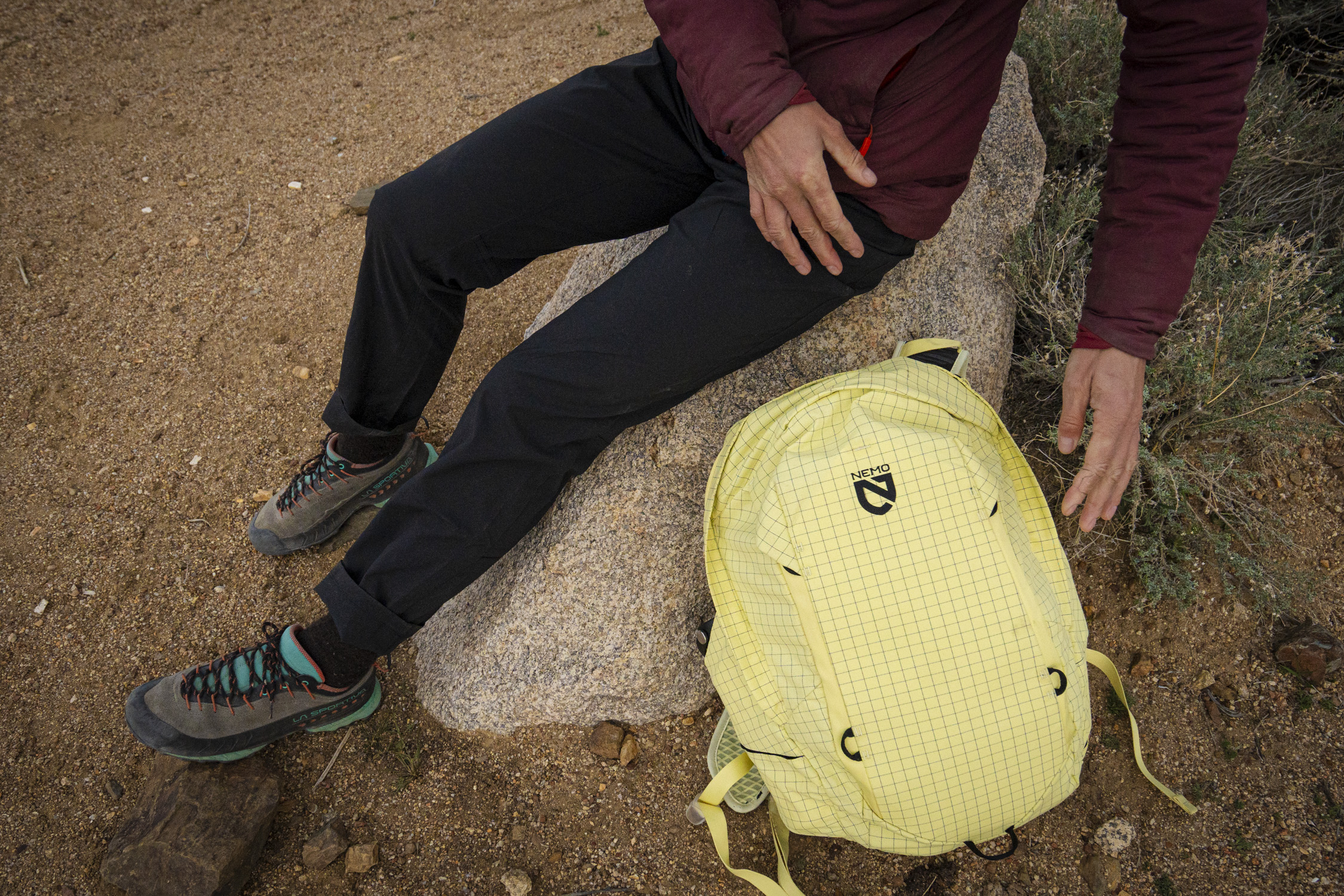
Buyer’s Guide: How to Choose a Backpack
More than just about anything else, intended use is going to be the biggest consideration when choosing a new backpack. Luckily, there’s a bindle for just about everything these days, and once you’ve nailed down what adventures you’d like to go into with it, the pieces fall into place.
While some packs can be used for a number of different things, there’s good use in going with the right design for the activity. Most all will be tailored with something in mind, and when you might be carrying it for hours on end or living out of it while traveling, the little details add up to equal a successful camping weekend, trip to France, or quick run to the store.
Once you’ve hammered that out, you can begin to dig into overall volume (just how much stuff you’ll want to tote around) as well as how that volume is organized, and any added functionalities you’ll need. Below, we’ve dug into the dirty details surrounding backpacks to lay plain what makes a backpack just good, and what makes a backpack great.
By the end of this guide, it’s our hope that you’ve got the understanding needed to make your next pack purchase a breeze — best to save your energy for the next big hill climb.
Types of Backpacks
Everyday/Campus Backpacks
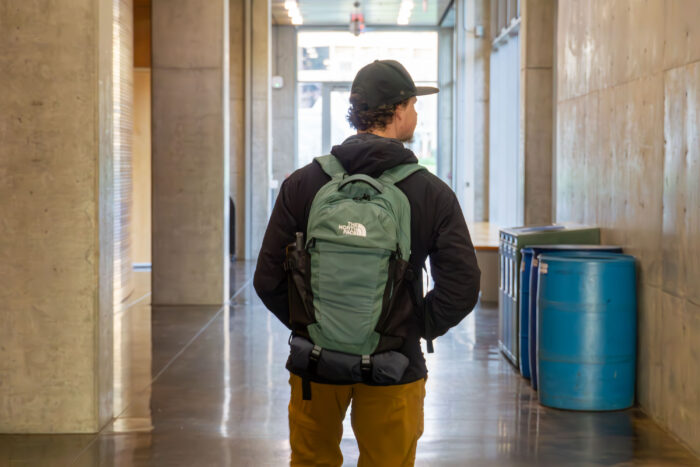
Your capital B “backpacks” — everyday packs are made to tote around a little of everything and aren’t too fussy about where you take them. Most often moderate in size, these daily drivers like The North Face Recon or REI Co-op Ruckpack 30 will offer up functionality to appease both hikers and students.
Commuter-styled packs are often styled to be business casual, making use of higher-end materials and a simpler exterior design to fit into your office space. Folks who commute via cycle should look for bike-specific functionality such as blinky light mounts, U-lock harnesses, and waterproof exteriors.
Campus backpacks need to be stout enough to carry a full load of textbooks and binders, but not so cumbersome that you get jammed up in the hallway. They also need to sport a good bit of internal organization, often in what pack manufacturers will call an admin pocket.
Daypacks
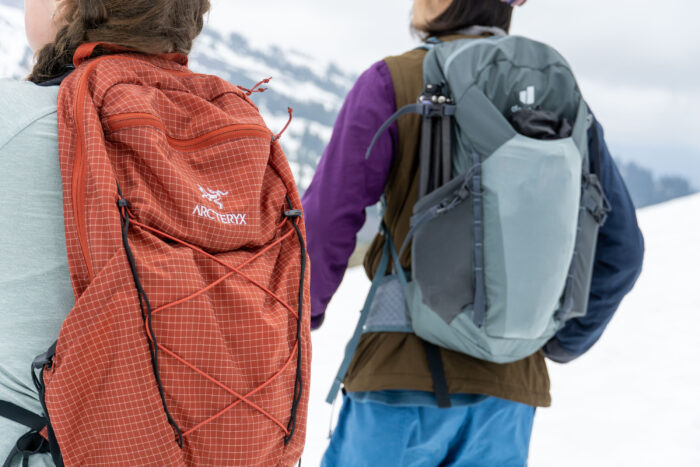
While your destination might not always be the same, you can generally rely on the best daypacks as being versatile enough to meet whatever the day brings, whether that’s hiking, biking, trail running, or just kicking around.
Daypacks are the Swiss Army knives of the pack-o-sphere, typically sporting a number of different functionalities to aid you in whatever you’re getting after. This includes hydration-bladder sleeves and accompanying hose ports, integrated rain covers, trekking pole and ice axe tethers, helmet securing systems, and more.
Most daypacks land at around the 15-30 liter range, with smaller packs having just enough space for the basic 10 essentials, and larger packs being able to carry more layers for colder climates, or more water for arid ones. While they can be used for shorter hikes, backpacking bags are typically overgunned for shorter day-long excursions.
Certain running-inspired daypacks, known as hydration packs, shrink down the overall volume to only the essential handful of liters needed to carry quick calories, and are often more vest-like than packs. Still, some like the Ultimate Direction FastPack 20 offer up a good amount of space for longer runs. These packs often revolve around the hydration bladder they carry, and are poised to provide hydration quickly through smart hose routing.
Laptop Backpacks
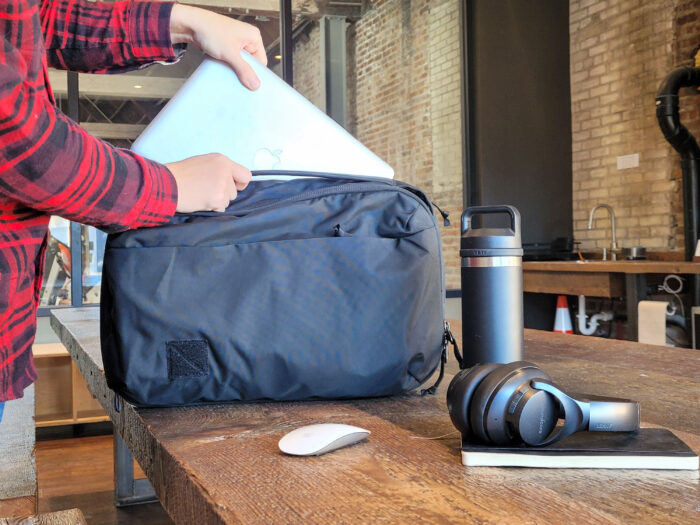
The center of the laptop backpack is unsurprisingly, the laptop, and more importantly, the manner in which it’s carried and protected. Laptop sleeves integrated into backpacks are padded areas made to safely port your mobile desktop around, and good versions will suspend the bottom of the sleeve off the bottom of the pack for protection.
Most often smaller to moderate in size, these laptop packs also lean on a good bit of internal organization to keep things tidy, stashing away journals, pens, chargers, and the like. A broad, supportive base is also handy in order to have a pack that stands up on its own, making rifling around in it easier.
Like some commuter bags, travel backpacks typically lean toward the high-polish side of the spectrum, and can be made with durable and good-looking materials such as seatbelt-like webbing, metal G-hooks, waterproof zippers, and durable thick-denier fabrics.
The Evergoods Civic Panel Loader 24L represents one of the best of the best in our opinion and protects your laptop behind walls of foam, HDPE plastic, and an aluminum stay. The Fjällräven Kånken Laptop pack brings a bit of classic flair to the equation, and we greatly appreciated the tech-focused functionality of the Peak Design Everyday Backpack.
Travel Backpacks
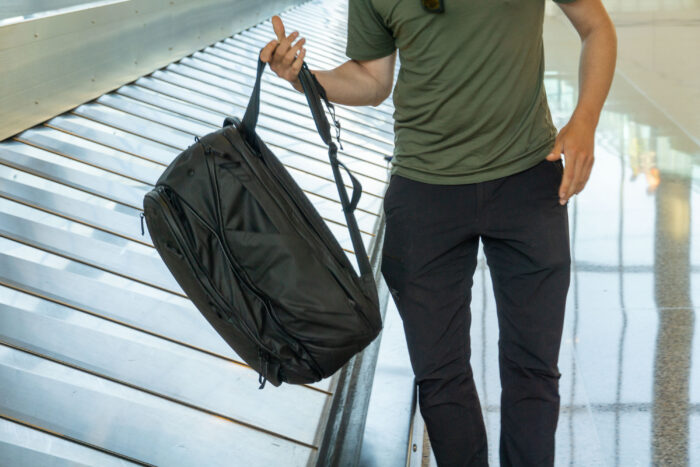
It’s all about the miles for travel backpacks. Part luggage, part tourism instrument; travel packs have to be modular in order to meet the demands of the savvy traveler, and more often than not are shaped by the parameters placed on them by airlines. You’ve got your carry-ons (almost always near 40-45 L) and your personal items (closer to 20-25 L).
Made to also be versatile in their carry, these packs also often sport a variety of different handles, straps, luggage handle pass-throughs, and even strap storage options — meaning you can carry them in whatever way makes sense for the day. They also will be pretty minimal on the exterior, making for a clean profile to get into overhead bins.
Packs like the Peak Design Travel Backpack 45L can be collapsed down to a 30L size for daily adventures at your destination and then maxed out to fully take advantage of airline carry-on limits. Comparatively, bags like the TimBuk2 Never Check Expandable Backpack nestle in under the seat in front of you.
Backpacking Packs
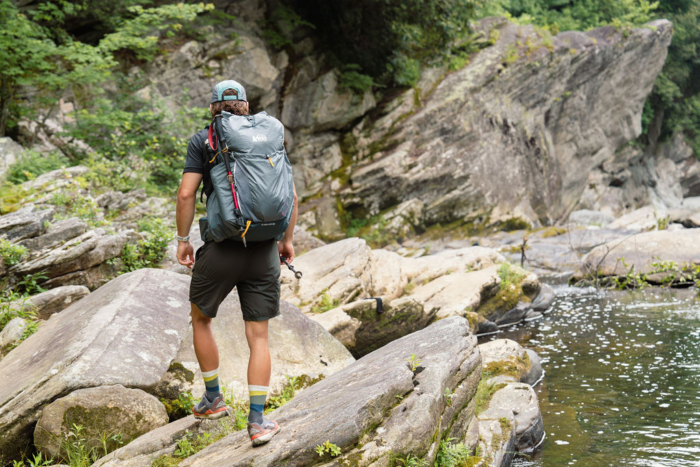
Backpacking packs are built around the load they’re made to carry, whether that’s an ultralight load-out or an entire NOLS-course worth of kit. Typically built from the frame-out, these bags are made for extended overnight travel and are some of the most complex packs out there. From hydration sleeves to suspended trampoline suspensions, floating brains, and internal dividers, the features can be dizzying.
Because the weight you’ll carry in a backpacking bag is more than most any other pack, sizing is much more important, and these packs are offered in the largest size ranges available, as well as in different gendered suspension systems to accommodate different shaped frames. Consider getting sized by a retail professional, or have a friend measure you up to get the best fit.
For most weekend-ready backpacking packs, an overall volume of 50 to 70 liters should be enough to carry everything you’ll need. For single overnights, many can often get away with 35 to 40 liters. Be mindful that often times the number advertised on backpacking packs may only include the internal volume of the main compartment, leaving some additional space in the exterior pockets and floating lids.
Bags like the Osprey Aether 65 & Ariel 55 offer the full complement of features, and sport supportive frames that will carry a fully weighted down pack. We also have found great success with REI Co-op, Gregory, and The North Face packs.
Specific-Use Packs
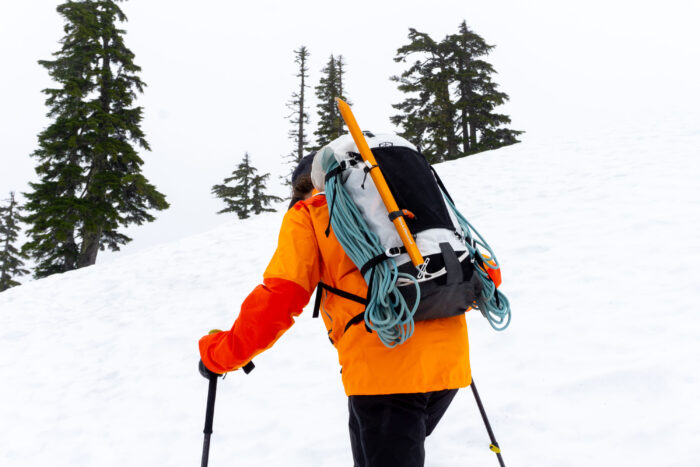
For the outer realms of sport, there are specialty packs that are refined for specific tasks, and while many backpacking packs can often cover a good spread, they often lack the sport-specificity to truly excel in their niche.
Climbing packs are made to be rough and tumble and tote around heavy (and sometimes sharp) equipment and are often split into approach and on-route packs, with the former aiming to tote your whole climbing rack and rope, and the latter just what you’ll need on the wall.
Skiing is particularly tough on equipment, and packs made for skiing need to be equally tough to make it to the end of the tour. Specific storage compartments for avalanche rescue equipment are essential, and some even incorporate inflatable airbag systems to stack the deck toward survival in an avalanche.
Packing out large ungulates isn’t easy, and the best big-game hunting packs have robust metal frames in order to shoulder the weight. They also need to be made from quiet materials, with silent-running zippers and soft-faced fabrics to keep from spooking your quarry.
Capacity
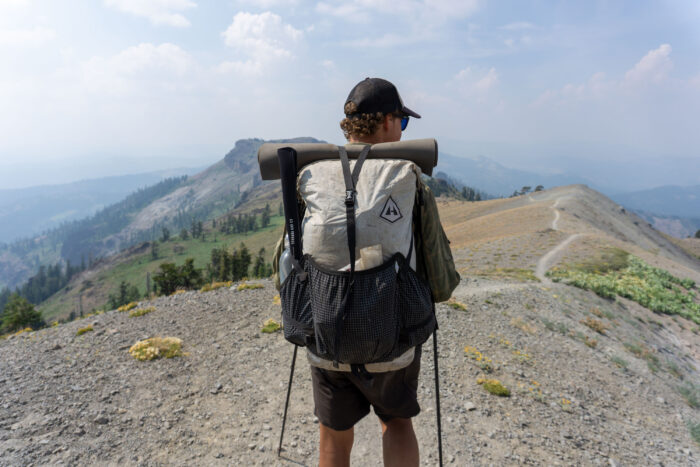
Dialing in on the perfect pack size depends on a few things: how much you’re planning on carrying in it, and how far you’ll be traveling with it. Sure, you could commute with a backpacking pack or travel with a daypack, but you’d quickly find yourself greatly under (or over) prepared for the task.
In our lineup, packs range from the svelte 18L Mystery Ranch District to the 65L load-hauling Osprey Aether. In general, we’ve found the following breakdown to describe the volumes of most packs out there:
- 10-20 L: Most daypacks, small personal-item travel bags, and cycling hydration packs.
- 20-30 L: Most day-hiking backpacks, daily-driver packs for commuting or campus, and larger daypacks for more intensive adventures. Many laptop backpacks also land in this volume range.
- 30-40 L: Most overnight backpacking backpacks. Many carry-on travel backpacks will also land in the 40-45 liter range — about the maximum allowed by most airlines. This is also where dialed ultralight backpacking packs begin.
- 50-60 L: Most weekend-sized backpacking packs, as well as many climbing packs. Sized for 2-3 days.
- 60-70 L: Appropriate for extended backpacking trips where you’ll be packing extra food and fuel, or winter trips that demand bulkier sleep gear and clothing. Sized for 4-7 days.
- 70+ L: Most expedition-sized backpacks for mountaineering, equipment-intensive backpacking, or big-game hunting packs.
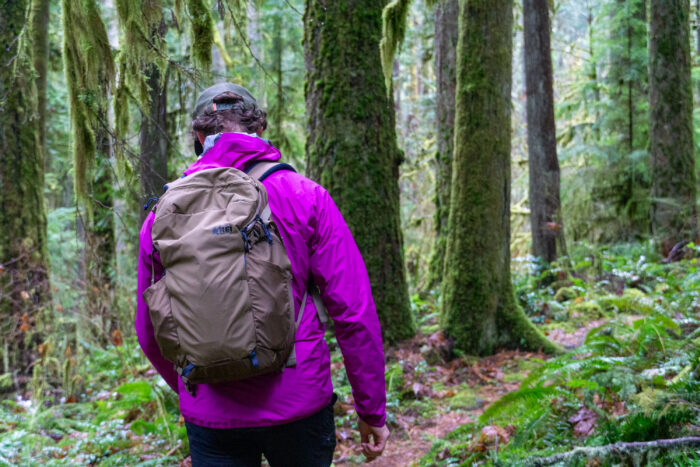
Many packs of all stripes will incorporate some type of compression system, which both lowers the internal volume of the pack for when you aren’t carrying as much and keeps the load closer to your back where it’s better supported.
A functionality unique to travel packs is an expandable volume, made possible by zippered gills that add space to a pack to meet carry-on size limits, and then collapse when you’ve hit your destination to be a more manageable day bag. The Peak Design Travel Backpack is an excellent example of this.
Frames and Suspension
While smaller volume (~10-15L) packs can get away with little to no frame, most packs will need some sort of support system to properly carry their load. The simplest frames are found in daypacks and use a sheet of foam to transfer some load from the shoulder straps to the hip belt. Packs like the REI Co-op Flash 22, Arc’teryx Aerios 15, and Fjällräven Kånken all use frames like this to support smaller loads.
As the volume and load increase, so does the need for a more robust frame system. Because many laptop backpacks are moderately sized but often carry heavier tech, they incorporate stronger frames such as those made from HDPE plastic sheets, which not only increase carrying ability but also protect the laptop inside.
Further frame tech comes in the form of tensioned struts, which act as a sort of spring between the hipbelt and shoulder straps to suspend the weight. Packs like the Deuter Speed Lite make use of simple bent wire hoops, compared to the more static aluminum stays of travel and laptop backpacks (like on the Evergoods Civic Panel Loader.)

Tensioned mesh panel back panels are big in backpacking packs, with Osprey being an early innovator with their AirSpeed and AntiGravity back systems, and other manufacturers following suit. These suspension systems make use of a supportive trampoline as a back panel, which greatly increases ventilation on long hikes.
Some ultralight backpacking packs eschew a frame entirely, instead relying on an ultralight base weight and some creative packing to form the internal structure of the pack. Care is needed to not over-pack these bags, but when your base weight is less than 5 pounds, going frameless opens up a world of possibilities.
Finally, frames and packs can come in different sizes to suit different body sizes. Typically only seen in larger packs (and a handful of daypacks,) different torso lengths help you get the perfect fit, and can be user-adjustable on the pack itself.
In our lineup of best backpacking backpacks, almost every pack comes in both men’s and women’s sizing (save for some of the smaller cottage-industry brands) with the Osprey Aether & Ariel 55 and Gregory Men’s Katmai 55 & Women’s Kalmia 50 packs landing high on our list.
Shoulder Straps and Hip Belts
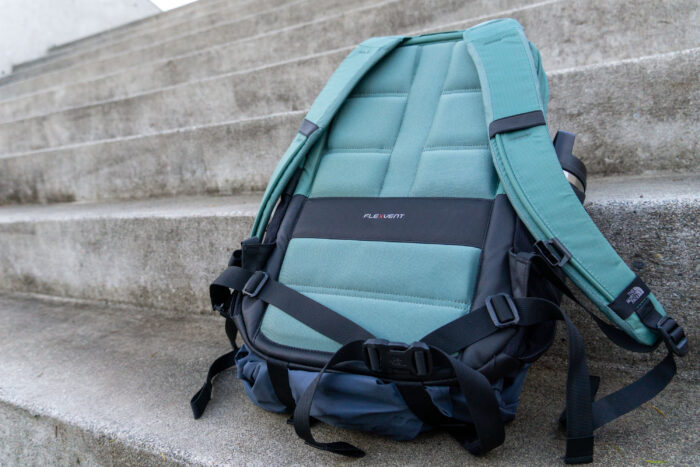
Just as important as the frames are the shoulder straps and hip belts that interface with it. These straps are the connection between yourself and the pack, and are important considerations when carrying large loads, or carrying the pack for extended periods. Working together; a frame, shoulder straps, and hip belt are a system for support.
Shoulder straps are typically made in three different styles: J-style straps, which are the OG, S-style straps, which fit people with larger chests, and running-vest style straps — typically only seen on trail-running-styled vests and some daypacks (we love their inclusion on the Deuter Speed Lite packs.) Correctly tensioned, your shoulder straps should take the lesser of the load and instead aim to carry more of the weight on your hips.
Load-lifters are straps that run from the middle of your shoulder straps and connect to the top of your backpack’s frame, which aids in pulling the load in closer to your body. Most lower-volume packs won’t need the added support provided, but they add a good amount of relief to larger backpacking packs.
Hip belts connect the majority of the load with your hips, where your body will best be able to support the weight. More of a consideration in larger backpacking packs, be sure to size your pack so that your hip belt lands just about at your iliac crest (the top of your hipbones) for the best load transfer.
Like different torso sizes, straps are also often available in different gendered sizes, with “Men’s” packs suiting folks with broader shoulders and narrower hips, and “Women’s” packs working better for people with narrow shoulders and wider hips. The straps and padding may also be shaped anatomically for the best fit.
Organization
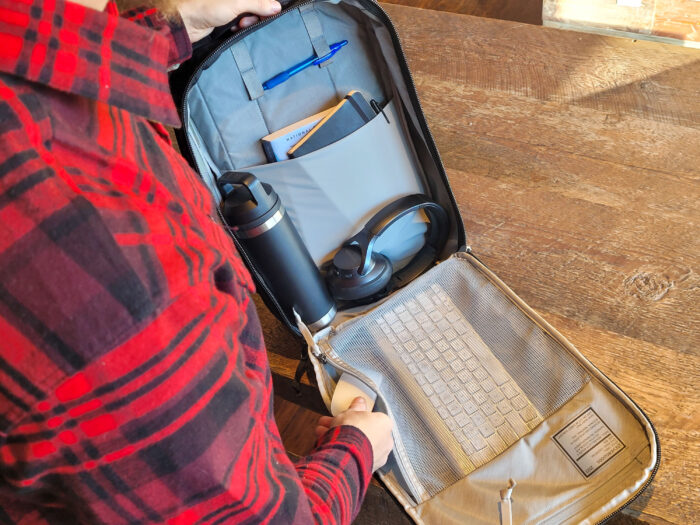
Some packs are spartan and simple tubes, while others break up the space with a flurry of pockets, sleeves, dividers, secret compartments, and false bottoms. If you are living out of your pack for weeks on end, a good organizational system is paramount to staying sane. Your use case will largely direct how organized you want your backpack to be, but there are a few important things to note.
If you’re looking for some more information on how to best pack a backpack, check out GearJunkie’s How-To where we lay it all out (literally).
Main Compartment
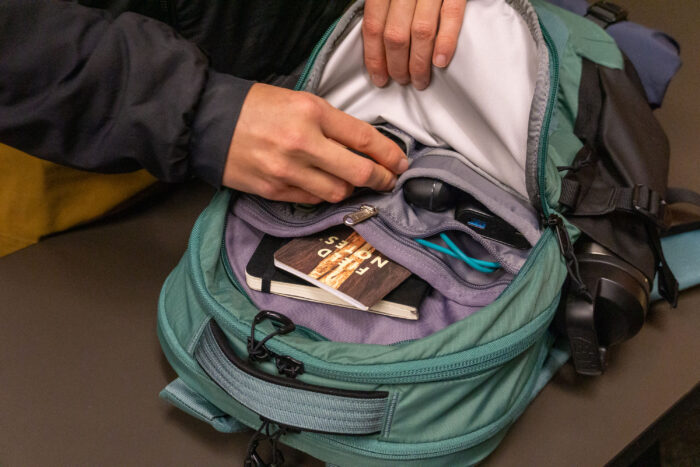
Most every pack on the market will access the main compartment through either an opening in the top of the pack (known as top-loaders) or through panel openings that release a side of the pack (known as clamshell or panel-loading). In the case of packs like the Peak Design Travel Backpack, the U-shaped zipper extends far enough to fully separate the back panel, which can be important for TSA screenings of laptops.
Packs made for daily use (such as commuters, campus, and laptop backpacks) will sport more internal organization than bags made for purely load hauling. These come in the form of divided internal space, frequently of a more simple open compartment, and then one with more pockets and sleeves. Often seen in work or laptop bags, “admin or valet” pockets are meant to harness your pens, chargers, and journals, and generally provide quick access to this kit in an organized way.
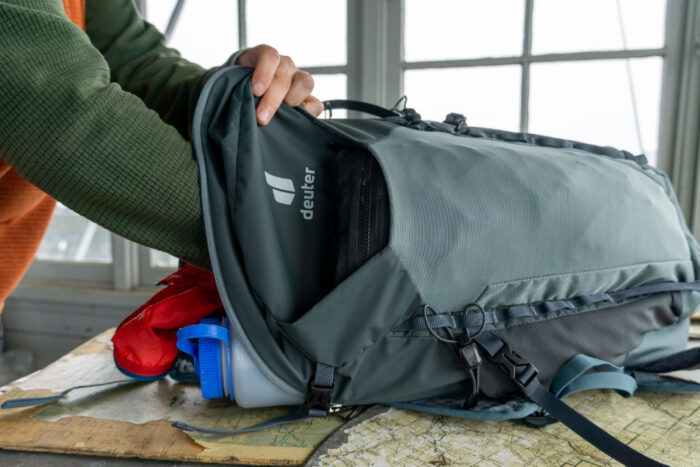
Travel backpacks are often much more like luggage internally, and will offer up a large internal compartment, along with some sub-dividers and internal compression straps to keep things in place. We greatly appreciate travel packs that offer some type of “dirty laundry” compartment like the Thule Aion or Gregory Border Traveler bags, which make living out of the bag much more civilized.
While packs designed for backpacking are typically less involved internally to facilitate easy packing, some will feature a dedicated sleeping bag compartment at the bottom of the bag. This helps to keep your bag cleaner and drier, but in most cases, we find the division to be unnecessary and limit our ability to make use of all the space.
Exterior Pockets
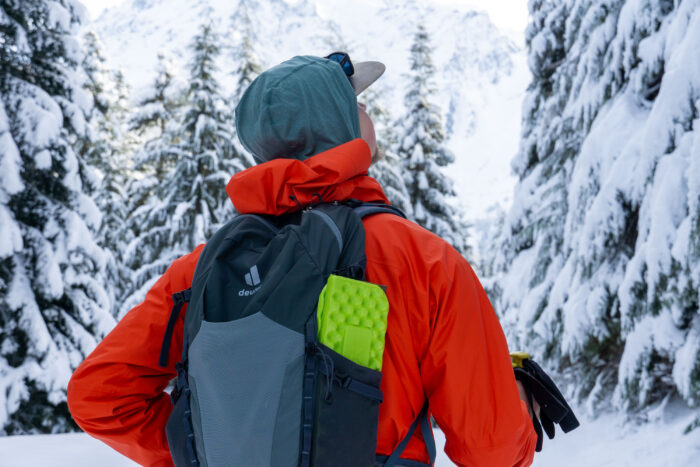
Made for quick and easy access, exterior pockets are ideal for snagging frequently accessed items such as keys, phones, or wallets. They typically come in a few different variations:
- Hip Belt Pockets: Located on the waistbelts of larger packs, these pockets are an excellent place to park the items you want to access without taking off your whole backpack.
- Floating Lid/Brain: Another feature of backpacking packs, floating lids are affixed to the pack body with straps, and feature a few internal zippered pockets where small items like headlamps, maps, or GPS devices can be stashed.
- Stretch Stuff Pockets: Stretch or dump pockets on packs make retrieval easy, and can accommodate water bottles as well as wet layers like a rain jacket. Very often seen on outdoors-oriented packs such as backpacking bags and daypacks, but less so on laptop or work bags.
Accessory Attachment
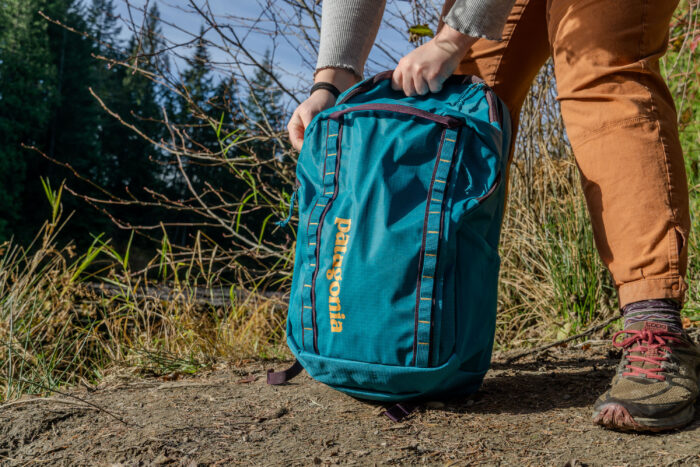
For everything that won’t fit on the interior of your pack, there is likely a means of wrangling it onto your pack with an accessory attachment system. One of the most standard is daisy-chain webbing loops, which can be clipped to with carabiners or tied off to fasten gear down.
Other options include elastic cords and toggles for fastening down trekking poles or ice axes, adjustable webbing straps for lashing down bulky kit, or integrated loops for affixing cycling lights. Your use case will greatly influence what attachment systems you may need, so take stock of the items you’re looking to tote around outside of your pack before swiping your card.
Understand also that attachment systems like these will add some complexity to your backpack, and you’ll end up paying a little more for them both out of your wallet and on your back.
Materials and Durability
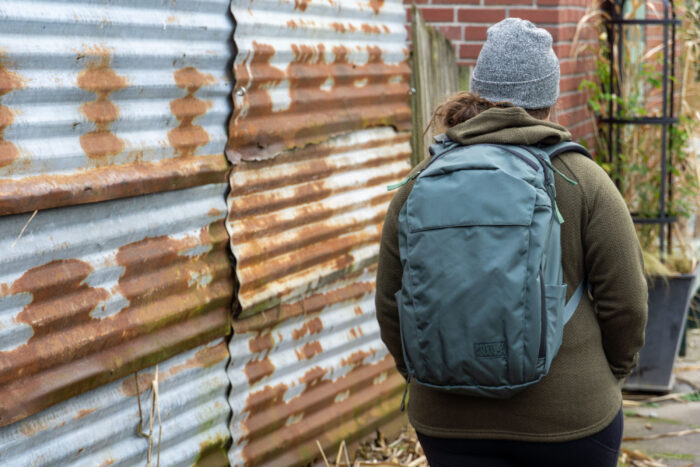
We always recommend buying a backpack built with high-quality materials, which will not only improve your day-to-day use but also the pack’s longevity.
The fabric denier — a measure of the density of its fibers — is the best quick measure of durability, with higher numbers reflecting a tougher fabric. On our list, fabric deniers range from 140D to 840D, with reinforced areas of up to 900D. Different areas of packs may receive different applications of fabric in order to up their durability in high-wear areas, such as pack bottoms and back panels.
When packs don’t need ultra-tough materials, such as in lightweight daypacks, they often make use of lighter denier nylons and polyesters in their constructions. These can often be shored up by using different weaving techniques to create ripstop or ballistic fabrics, and we greatly appreciate this in rough-and-tumble packs but don’t see much of a need in commuters and laptop bags.
These fabrics often have a durable water repellant (DWR) finish applied to them, which is most often a hydrophobic coating that resists rain and prolongs soaking your backpack but can also be a polyurethane coating as in the case of the Patagonia Black Hole Backpack, or a waxed canvas. Even if we don’t plan on using our packs in the great outdoors, we still highly prefer a pack with some type of waterproofing.
Consider also that your backpack will need to close in some way, and that’s where high-quality zippers, buckles, and webbing come into play. These are the finer details, but still important and a busted piece of hardware can render your bag defunct. Zippers in particular say a lot about the thought put into a backpack, and going with reputable slides from YKK or Riri will keep them sliding into the future.
In terms of long-term durability, one of the best things you can do for your backpack is to keep it clean. For an in-depth look at pack hygiene, check out GearJunkie’s How-To on the subject.
Sustainability
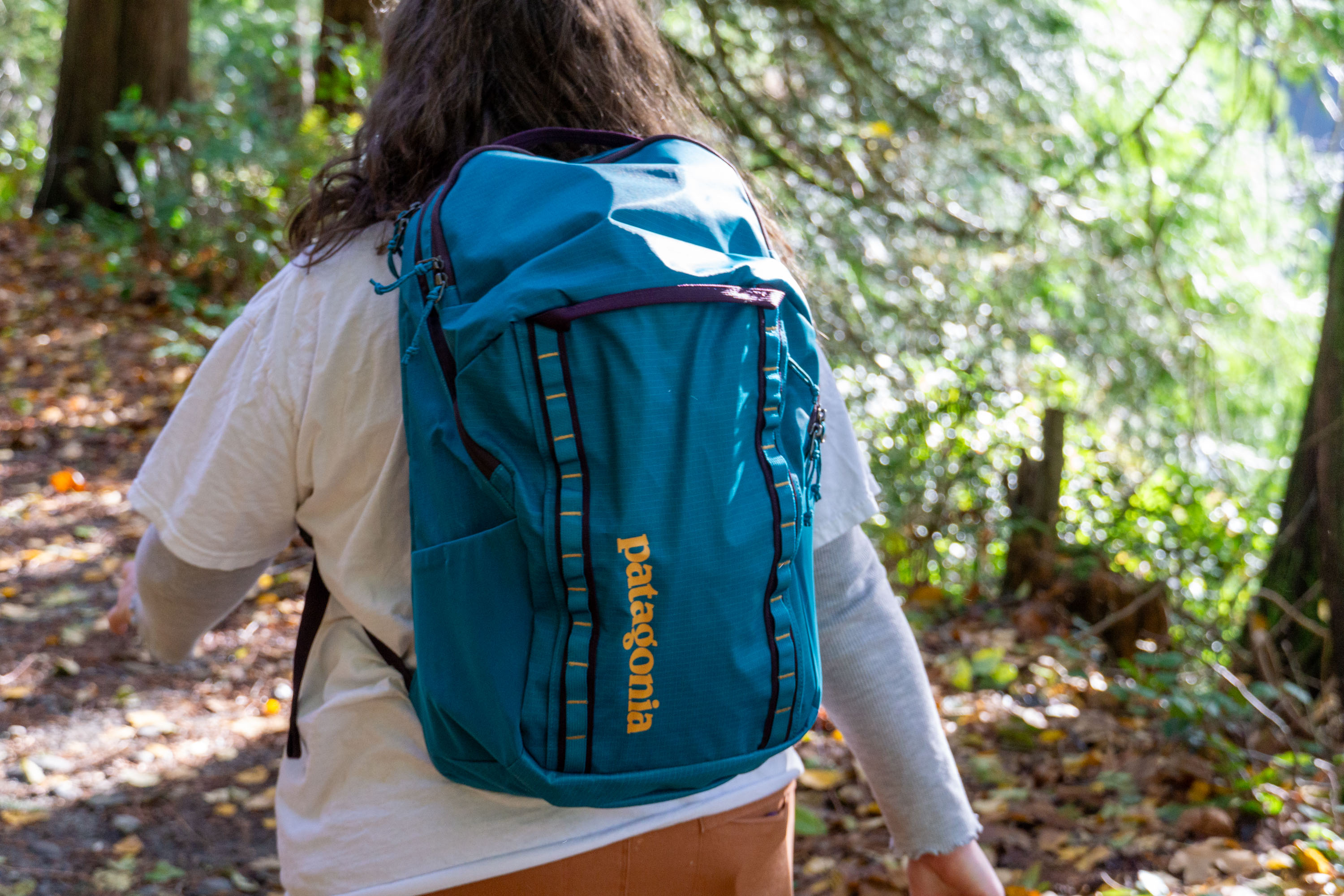
Finally, be mindful of the impact your new backpack will have on the environment — all the way from beginning to end. A great way to limit this is by purchasing packs that are made with recycled materials, which either use industrial scrap that otherwise would have been thrown away, or source it from post-consumer sources such as plastic waste.
Thankfully, many companies are now going further and incorporating PFC-free DWR finishes into their pack builds. Perfluorinated chemicals — also known as forever chemicals — are particularly nasty to the environment, as well as pervasive, and we’ve found eco-alternatives to be just as good at keeping our packs dry.
Different supply chain certifications can also lend some good insight into what exactly went into creating your backpack, including the labor practices used. Bluesign-certified labels let you know that the materials used met stringent standards for eliminating chemicals of concern and that the factories producing them met emissions and labor safety standards.
Fair Trade Certification is earned by meeting standards set by Fairtrade International, an international nonprofit that works to ensure greater equity for agricultural and textile workers. These standards often require meeting a standard minimum wage, ensuring the right to join in collective bargaining, and that buyers pay a minimum price in order to cover the costs of sustainable production.
Another under-sold way to limit your pack’s footprint is through brute longevity. Packs that last longer stay out of landfills longer, and investing in a pack that will go the distance (and can be repaired) helps avoid early retirement. The buy once, cry once adage rings true here, and we recommend investing in equipment that will stick with you for many years to come.
Style

When considering the style of the packs in our lineup, we first surveyed our testing team, before turning to the general public and soliciting opinions. Style can be a subjective thing, but we all generally agreed on a few important facets that made certain bags stand out in our testing.
For one, we all found that laptop and campus bags were generally more simple in their exterior styling, while holding a great amount of complexity inside the bag. Backpacking packs are the opposite, with relatively simple interior spaces, but cluttered exteriors. “Less is more” certainly applies here, and for a bag that’ll fly on the metro or in the office, keep it simple. Bags like the Fjällräven Kånken rank high in this regard.
We also all appreciated high-quality materials in the build of our backpacks, including on the exterior. Waterproof zippers, leather accents, custom buckles, and seatbelt-like webbing all gave a classy look, and it made packs like the Peak Design Travel Backpack look every bit of its $300 price tag.
Finally, know that some packs will be available in multiple different styles, such as the Osprey Aoede which is offered up in a backpack, a messenger bag, and a brief-pack style of pack.
Price & Value
Backpacks can vary wildly in their intended use, and also in their pricing. Simple around-town bags may only cost you a fistful of bills, but larger volume backpacking bags and certain high-quality travel packs can demand hundreds of dollars. Certainly, you get what you pay for with much of this, but it’s good to understand exactly what you’re paying for.
Budget
Typically the realm of campus, daypacks, and everyday bags, more budget-minded packs won’t break the bank but may make some concessions in order to hit that price point. First off, there’s no escaping the fact that more material costs more to produce, and thus smaller-volume bags are going to cost less than their larger cousins.
Cheaper packs may also leave out some functionalities found in more expensive packs, such as multiple internal organizers, adjustable suspension straps, and expandable volumes. This keeps the price of these packs at around $60 to $120, and for the money, you’ll see more traditional builds rather than complicated access systems. For example, the Dakine Campus ($75) is a pretty recognizable shape for a school bag, but still gets the job done.
While they typically cost a good bit more, there are still budget backpacking and travel packs, such as the REI Co-op Flash Packs ($199) and the Cotopaxi Allpa Travel Pack ($170) — both perfectly serviceable in their respective niches.
Mid-Tier
Mid-range packs thankfully make up the majority of backpacks and mean that just about anyone can get their mitts on a pack that’ll both do what they need it to, but won’t ask for an arm and a leg in doing so. For about $150 to $200, you’ll get a pack that is specialized for the task at hand: whether that’s commuting, hiking on the weekends, or traveling internationally.
These packs will make use of quality materials, including often higher denier fabrics in typical wear areas. Adjustability, too, enters the equation at this price point, and that extends to both the suspension system, as well as in volume-expanding pockets and folds that’ll make your pack bigger.
Packs like the Deuter Speed Lite 25 ($120), Osprey Farpoint/Fairview ($185), Osprey Exos 58 ($260), and Patagonia Black Hole Pack 32L ($169) all excel in their lanes and come in below the truly spendy versions that jam in all the bells and whistles.

Premium
Because of their feature-packed builds (and the amount of material required to make them), backpacking packs typically command higher price points than other backpack types. The average across all of the packs we tested was ~$270, with some cottage industry packs like the Hyperlite Mountain Gear Southwest ($349), and Zpacks Arc Blast ($375) coming in a good bit above that.
High-end travel backpacks with large volumes, too, will cost you more, with the upper crust going for more than $250, though their prices are typically more due to their build quality than total volume. Packs like the Matador GlobeRider 45 ($350) and Peak Design Travel Backpack ($300) both jam in features into smart layouts that leave little to be desired.
There can also be premium everyday bags as well, such as the Tom Bihn Synapse 25 ($243) which is made out of ultra-premium materials and is customizable and handmade to spec. If you’re a fan of the best materials possible, this is your pack.
Frequently Asked Questions
First and foremost, you’ll need to decide what you’re going to do with it. The form should follow function, and whether it’s a backpacking pack, a travel-ready carry-on, or a svelte daypack, you’ll want a bag that’s been designed for what you want to do.
Once you’ve narrowed in on the style you’re after, begin to consider how much stuff you’re aiming to carry in it, as almost every backpack is available in a few different volumes. Generally, 20-30 liters will suffice for weekend-long adventures, with less than that being ideal for daily carries, and more working better for backpacking adventures.
Finally, consider the small niceties of a backpack, such as the style, color, and accessories offered. These details can help be the tie-breaker in otherwise difficult decisions over which pack to pick up.
While JanSport still holds a stranglehold on the educated masses, there are a number of different college-ready backpacks available that we’ve come to enjoy and recommend.
The North Face has a number of different backpacks that are keen on being used for study sessions, such as the Recon and Jester packs. Both incorporate well-padded back panels, protected laptop sleeves, and a clean look that we enjoy for cutting around campus.
The Dakine Campus is also aptly named, and it doesn’t demand much out of your pocket to boot. And for anyone looking for a classic and stylish bag, the Kånken from Fjällräven would not disappoint.
How much you’ll pay for a good backpack will largely depend on the style of the pack. We find that most decent daypacks will run you around $100 to $150, depending mostly on their size, as well as complexity when it comes to the frame system they employ. The Deuter Speed Lite 25 has many die-hard supporters around these parts, as do the REI Co-op Flash 22 and REI Co-op Trail 25.
Laptop and travel backpacks often get a bit more of a luxe treatment, meaning they can demand a little bit more for the high-end materials they are made from. $150 to $200 will generally net you a bag that will stand up to the abuse of constant daily use and international travel. At $185, the Osprey Farpoint/Fairview packs make a perfect travel companion.
And in terms of backpacking packs, $250 is about the bullseye to aim for in terms of packs that will stand up to entire seasons of living outdoors. These packs will sport enough padding and adjustability to be comfortable over miles of trail, and be made of durable enough materials to kick around outdoors without much care.
For an average daily-driver backpack, aim for an internal volume of around 20 to 30 liters. This will allow you to store everything that you might need for work, school, or exploring a new city, but also incidentals such as extra layers, or some fresh produce from the farmer’s market.
For weekend trips where you’ve got to carry your home on your back, most will need a backpack between 50 and 70 liters. This provides enough space to lug your sleep system, as well as the food and water you’ll need to support yourself over 2-3 days.
Bunking in the hostel on vacation? You can certainly get away with a pack between 30 and 40 liters — which is enough space to bring along a few extra layers and maybe a book or two.
The quality of a backpack has a lot to do with the materials that it’s made with, as well as how it’s been made. Considering the best packs in each of the respective categories, we looked for builds that emphasized durability in the regular wear zones, had good internal or external organization for the specific use, and had suspensions and padding that fit us well and could be adjusted.
Packs on the lower end of the “worth-it” strata will make some compromises, and typically that comes in the form of left-off features, thinner fabrics, and overall less specification for any one activity. These packs make great do-it-all bags, but they won’t excel at certain tasks.
The importance of a good warranty also shouldn’t be discounted when tallying up quality. Should anything go awry with your new backpack, certain companies will make it right and get you set back up with a new or repaired bag.

The Best Daypacks of 2025
We tested the best daypacks of 2025 with options for every budget. Top picks include Osprey, Cotopaxi, and more.

The Best Laptop Backpacks of 2025
Whether you’re headed to the office, class, or even the trailhead, here’s our top picks for the best laptop backpacks of 2025.
